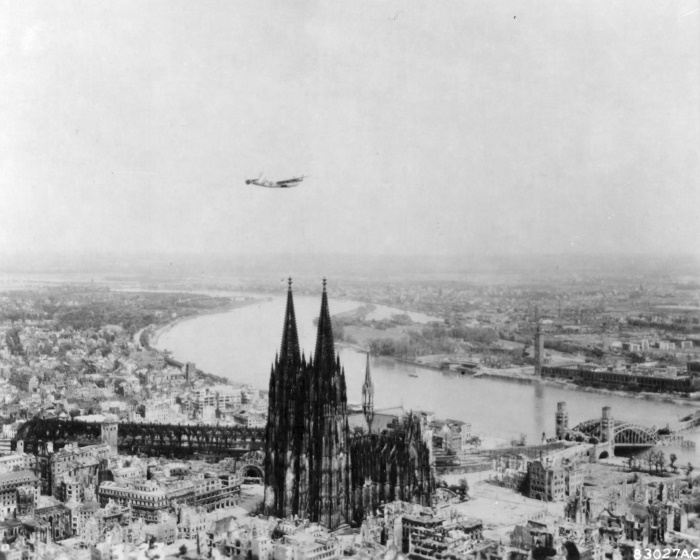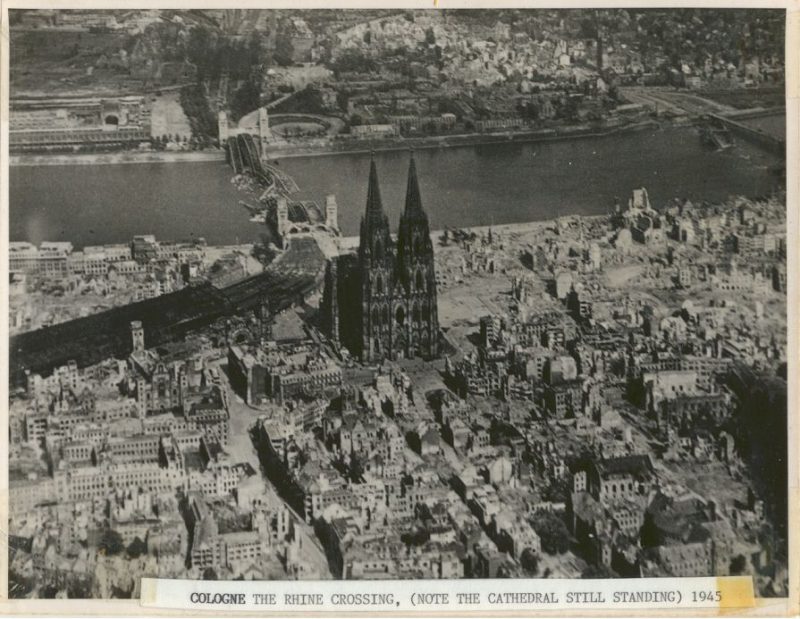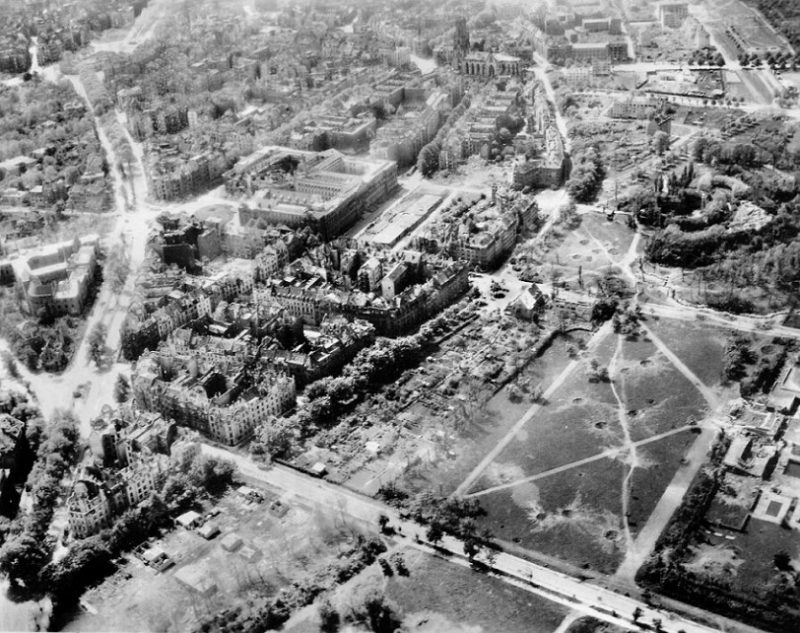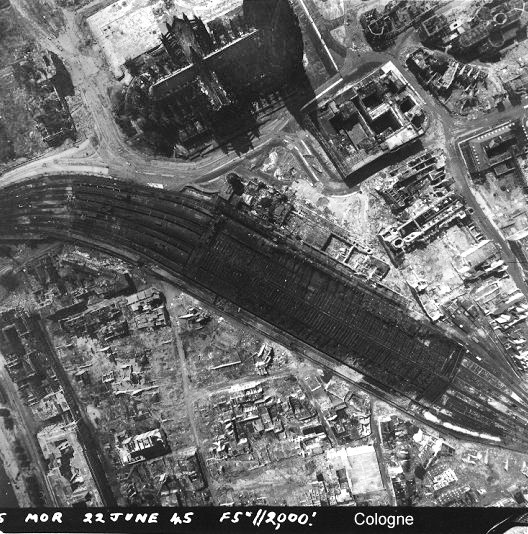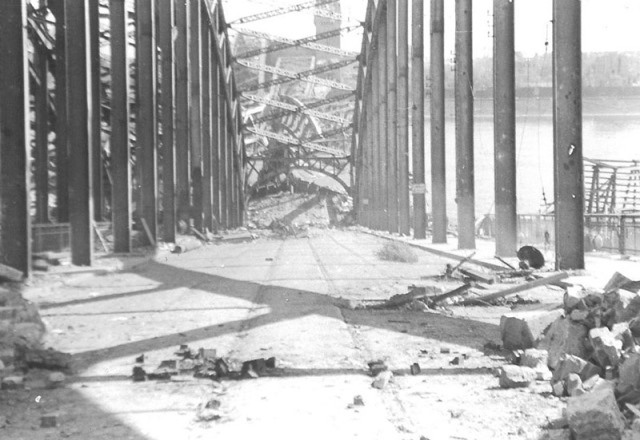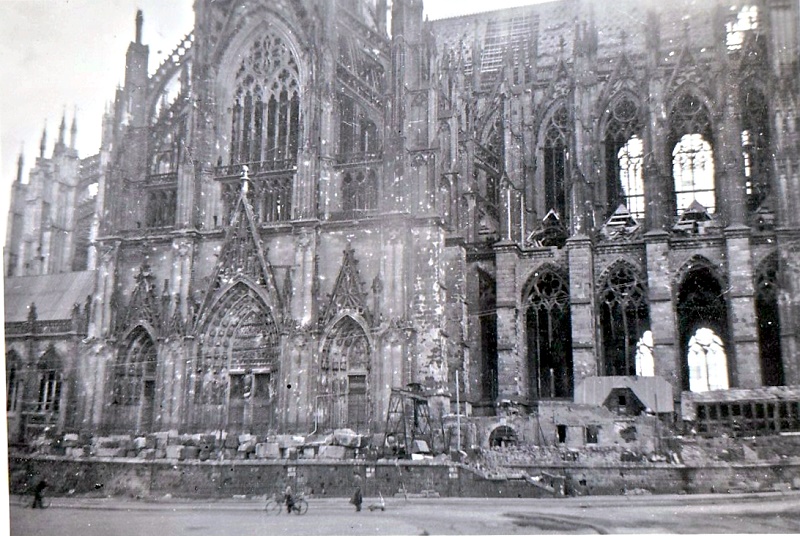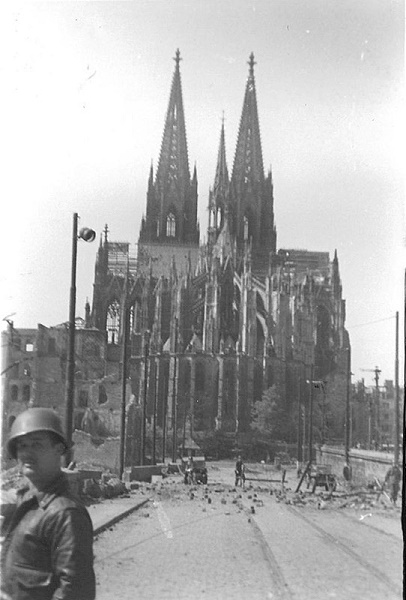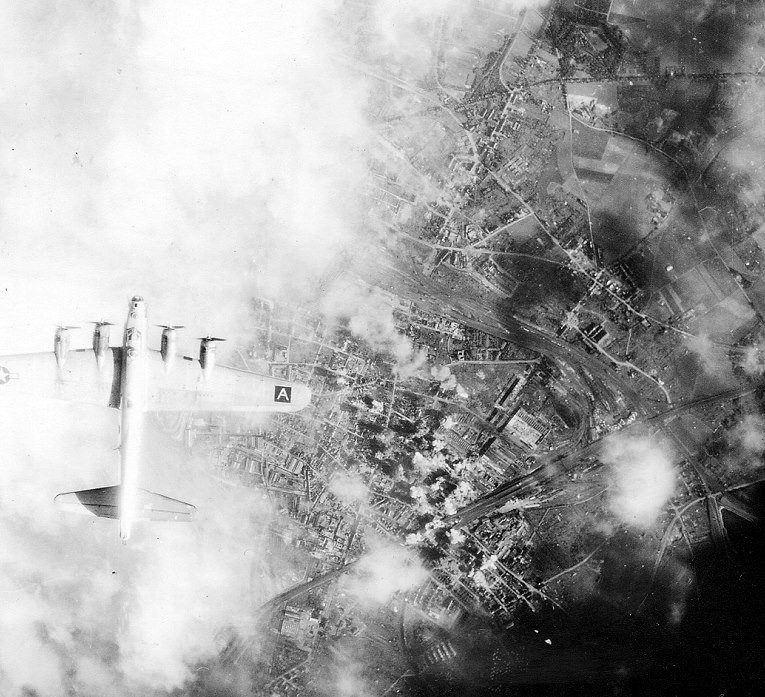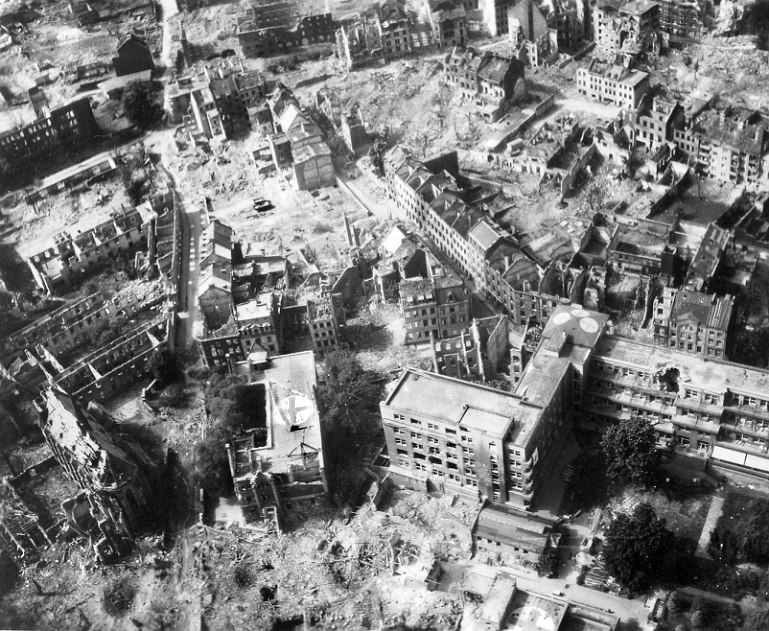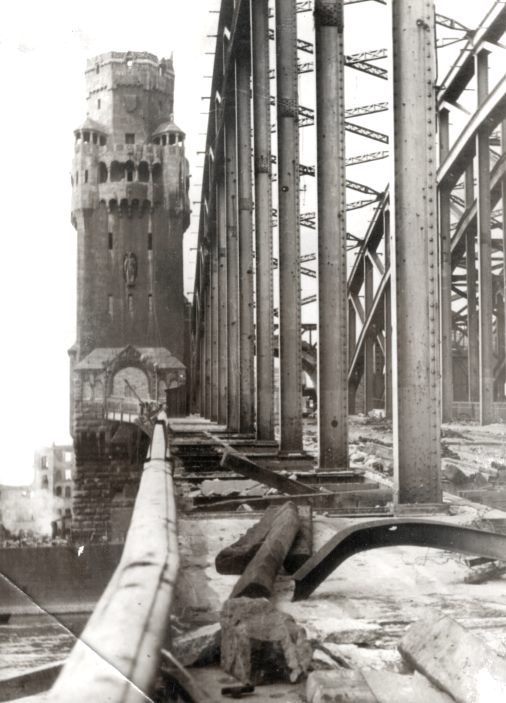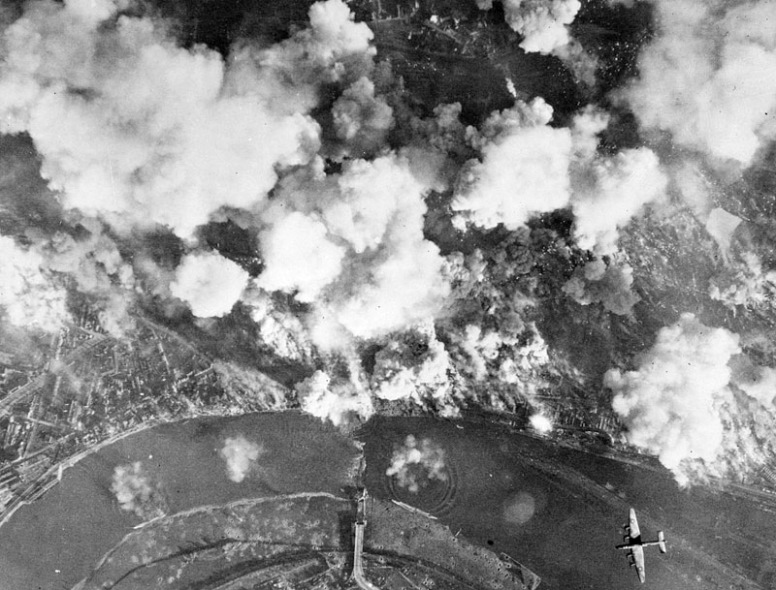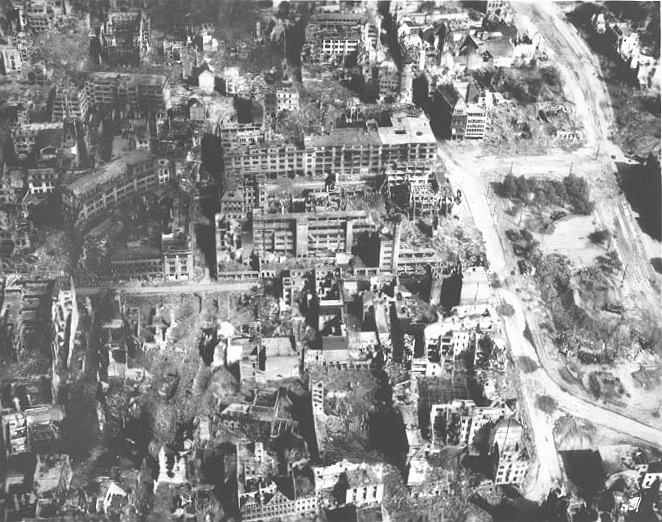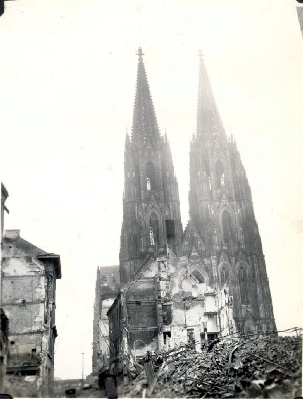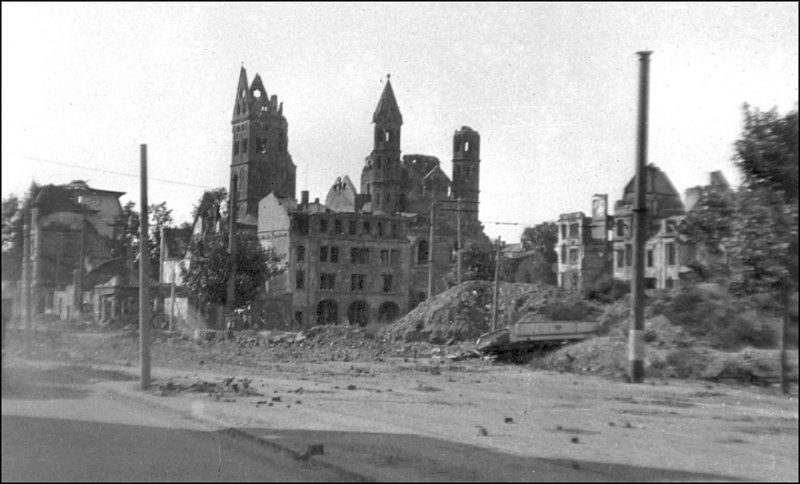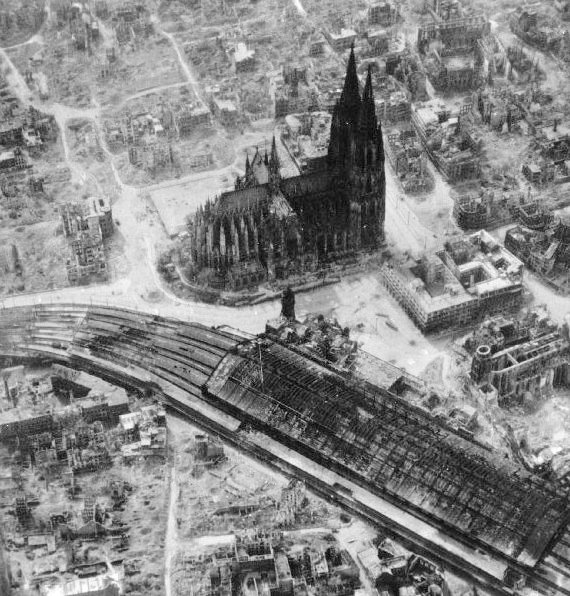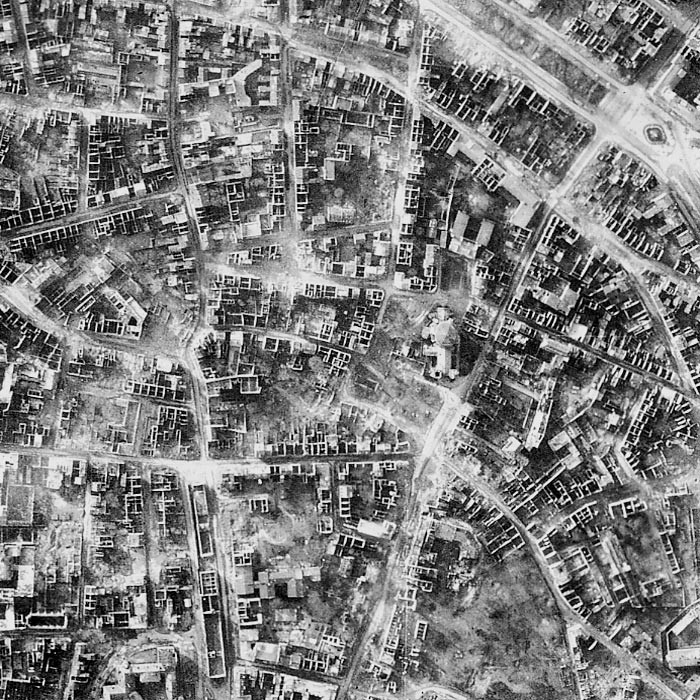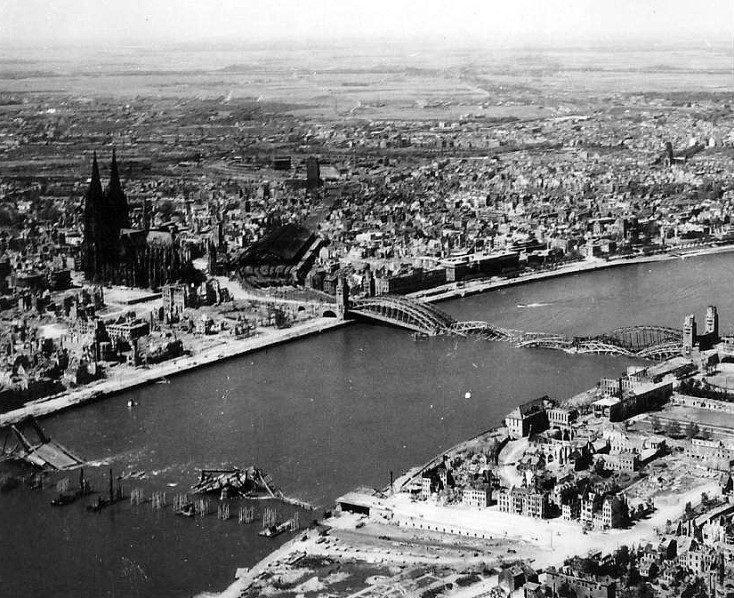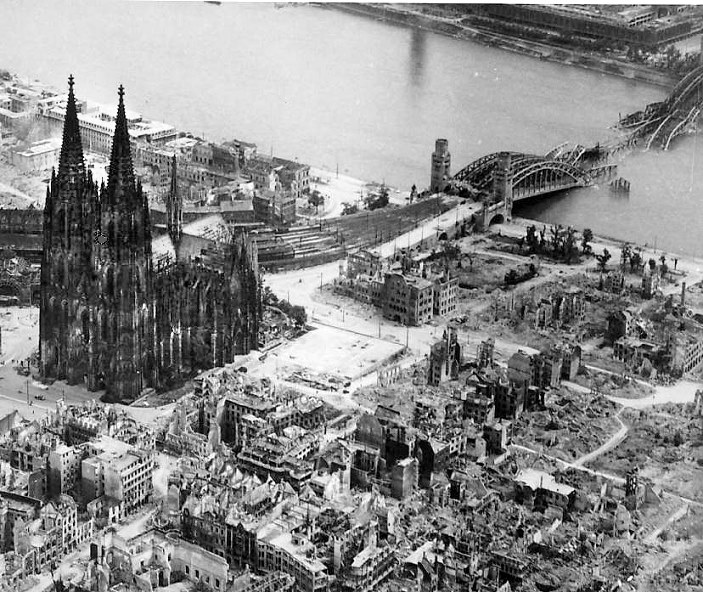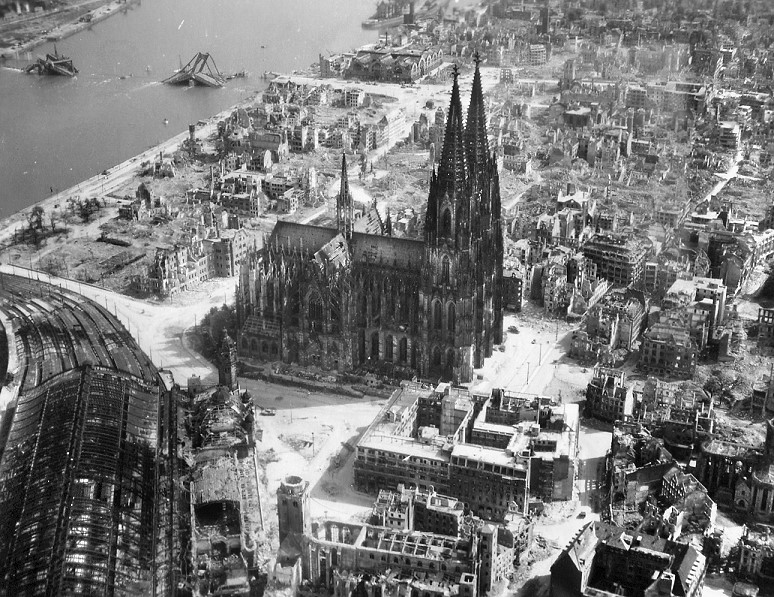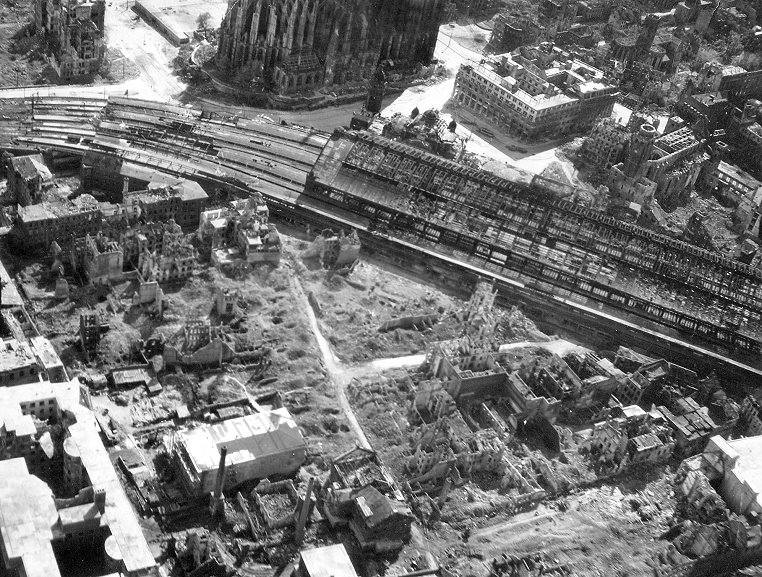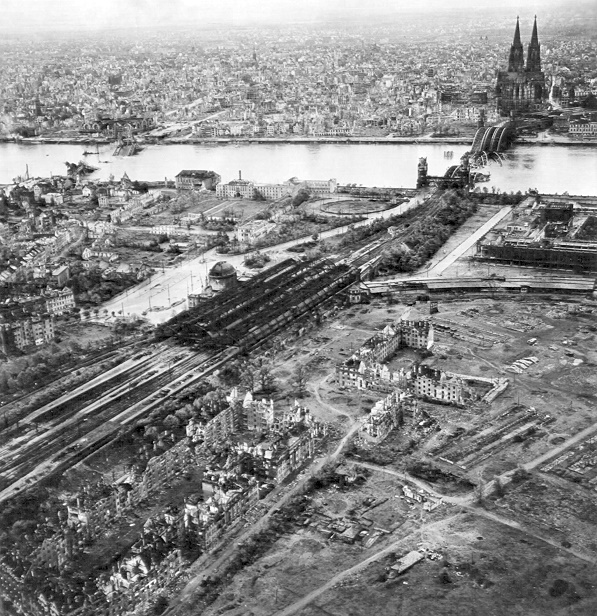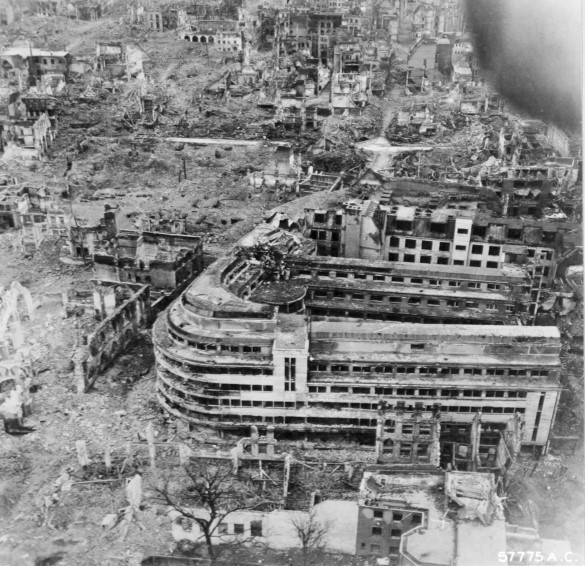10 of the most devastating bombing campaigns of WWW
Strategic bombing during World War II was the sustained aerial attack on railways, harbors, cities, workers’ housing, and industrial districts in enemy territory during World War II. Strategic bombing is a military strategy which is distinct from both close air support of ground forces and tactical air power.
During World War II, it was believed by many military strategists of air power that major victories could be won by attacking industrial and political infrastructure, rather than purely military targets.
Strategic bombing often involved bombing areas inhabited by civilians and sometimes bombing campaigns were deliberately designed to target civilian populations in order to terrorize, disorganize, and disrupt their usual activities. International law at the outset of World War II did not specifically forbid aerial bombardment of cities despite the prior occurrence of such bombing during World War I, the Spanish Civil War, and the Second Sino-Japanese War.
10. Osaka (March-August 1945) – 10,000 killed

The bombing of Osaka during World War II first took place from the middle of the night on March 13, 1945, to the early morning of the next day. There were also bomb raids on June 6, 7, 15, 26, July 10, 24, and August 14, the last day of the war. It is said that more than 10,000 civilians died in these bombings in Osaka, Japan.
Osaka was the second largest city in Japan, with a population of 3,252,340 in 1940. Traditionally, it was the most important industrial concentration in the Far East.
Osaka was one of the principal centers of heavy industry, noted for its shipbuilding, iron, steel, rolling stock works, as well as non-ferrous metals enterprises (notably copper and aluminum). In addition, it was outstanding for its production of aircraft propellers and governors, munitions and ordnance, textiles, special steels, wires, electrical equipment, chemicals, instruments, and machines and machine tools, particularly anti-friction bearings. It had also become a transportation center, and ranked third as a port. Much work had been done to develop its naturally shallow harbor. Lastly, it was the center of an extensive system of railways.
9. Kassel (February 1942-March 1945) – 10,000 killed
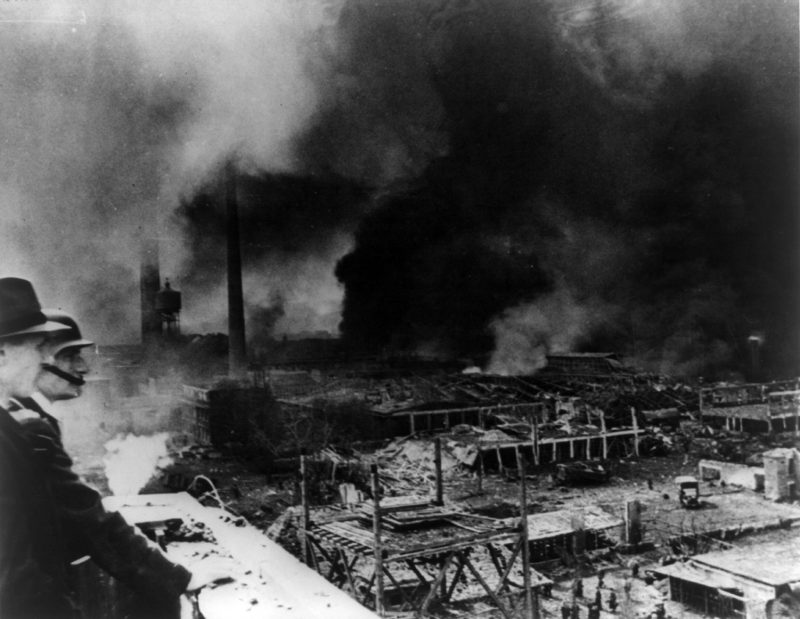
The Kassel World War II bombings were a set of Allied strategic bombing attacks which took place from February 1942 to March 1945. In a single deadliest raid on 22-23 October 1943, 150,000 inhabitants were bombed-out, at least 10,000 people died, the vast majority of the city center was destroyed, and the fire of the most severe air raid burned for seven days. The US First Army captured Kassel on 3 April 1945, where only 50,000 inhabitants remained, versus 236,000 in 1939.
Kassel was a medium sized city with only 250.000 inhabitants. However, the city was a high profile target for RAF Bomber Command. As well as being the capital of the provinces of Hessen-Nassau and Keur-Hessen, the city contained some important industrial targets. The Fieseler aircraft plant, which built the Messerschmidt Bf109 and Focke-Wulf Fw190, was based in Kassel. Besides that Dornier Do17 bombers as well as Tiger and Panzer tanks were built at the Henschel armaments works. The city also contained locomotive, engine and motor transport plants. The military headquarters (Wehrkreis IX) were located in Kassel and because of its location in central Germany it was an important interchange for railways and roads.
8. Darmstadt (September 1943-February 1944) – up to 13,500 killed
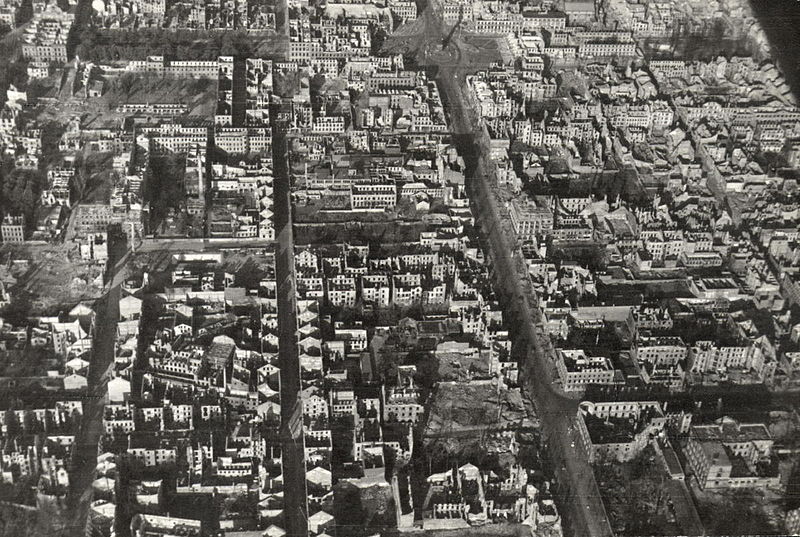
Darmstadt was bombed a number of times during World War II. The most devastating air raid on Darmstadt occurred on the night of 11/12 September 1944 when No. 5 Group the Royal Air Force (RAF) bombed the city. These attacks killed 11,500 inhabitants: 66,000 of the 110,000 inhabitants of Darmstadt at the time became homeless; allegedly, 20% of the victims were under the age of 16, and women comprised 64.5% of the victims.
Darmstadt lost between 12,500 and 13,500 inhabitants during World War II.[citation needed] Darmstadt had few industrial targets of note, a Merck chemical factory (far away from the city center) being one of them. By comparison with other German cities, preparations for bombing raids were less effective and flak defences had been depleted to provide defence for other cities The Darmstadt raid, with its extensive fire destruction and its heavy casualties, was held by the Germans to be an extreme example of RAF ‘terror bombing’ and is still a sensitive subject because of the absence of any major industries in the city. Bomber Command defended the raid by pointing out the railway communications passing through Darmstadt; the directive for the offensive against German communications had not yet been issued to Bomber Command, although advance notice of the directive may have been received.
7.Pforzheim (April 1944-March 1945) – As many as 21,000 killed
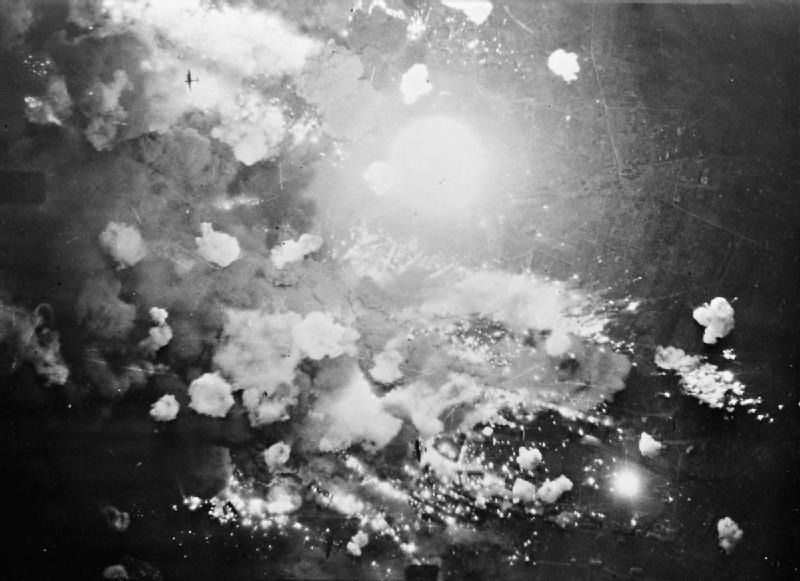
Most people are aware of the bombing of Dresden, when 5% of the population was killed in one night.
But not many people realise that 10 days later, an air raid flattened 83% of Pforzheim and wiped out a quarter of the population – 17,000 people – in just 20 minutes.
During the latter stages of World War II, Pforzheim, a town in south western Germany, was bombed a number of times. The largest raid, and one of the most devastating area bombardments of the war was carried out by the Royal Air Force (RAF) on the evening of February 23, 1945. As many as 21,000 people, or 31.4% of the town’s population, died in the air raid. About 83% of the town’s buildings were destroyed, two-thirds of the complete area of Pforzheim and between 80 and 100% of the inner city.
The large raid that almost destroyed the inner city district occurred on the evening of February 23, 1945. The first bombs were dropped at 19:50 and the last one at 20:12. The attack on “Yellowfin”, the RAF’s code name for Pforzheim, included 379 aircraft.
The main force bombers were 367 Avro Lancasters of No. 1, No. 6, and No. 8 Groups along with one Film Unit Lancaster, and 13 Mosquitos of No. 8 Group (the Pathfinders). The master bomber for the raid was Major Ted Swales, DFC, a South African, aged 29, who would be awarded Bomber Command’s last Victoria Cross of the war for his actions on this night. Despite severe damage to his plane he remained over the target directing the raid and died when his Lancaster crashed in Belgium on the return flight.
The bomber stream attacked from a height of 8,000 feet (2,400 m). The bombs were, by now, a standard mix of high explosive and incendiary bombs. The town centre suffered immediate destruction and a firestorm broke out, reaching its most devastating phase about 10 minutes from the start of the raid. The smoke over the town rose to about 3,000 metres, and the returning bomber crews could still see the glare of the fire up to 160 km away.
Twelve aircraft of the bomber fleet did not return to their bases. Eleven of them were shot down by Luftwaffe fighters stationed at Großsachsenheim (now Sachsenheim), and another was assumed to have been accidentally hit by “friendly” bombs
6. Winoujscie (12 March 1945) – 5,000-23,000 killed

In early 1945, Swinemünde was the destination port for refugees from East Prussia under Operation Hannibal. On the eastern shore of the Swine river (Świna) refugees from Farther Pomerania waited for a chance to ferry across the watercourse as they fled the advancing Red Army.
At around noon on 12 March 1945, 671 bombers of the US Eighth Air Force carrying 1,456 tons of bombs raided the town. Due to uncertainty concerning the number of refugees within the town the exact number of casualties is unknown. As the capacity of air raid shelters was limited to the regular populace, many refugees were killed at the spa gardens. The motor vessel Andros (2,995 GRT), carrying about 2,000 refugees, had just arrived at the harbour and was sunk with the loss of about 570 people. The motor vessels Cordillera (12,055 GRT), Tolina (2,000 GRT), Heiligenhafen (1,923 GRT), Ravensberg (1,069 GRT) Hilde (491 GRT) and Jasmund (276 GRT) were also sunk.
About 500 victims of the raid were identified and buried close to the entrance of the cemetery and the remaining dead were buried in mass graves. The estimated number of victims varies from about 5,000 to 23,000. The German War Graves Commission estimates that 20,000 victims are buried at the Golm cemetery with further burials within the town limits. Recent research gives the number 10,000
5. London (September 1940-May 1941) – 20,000 people killed
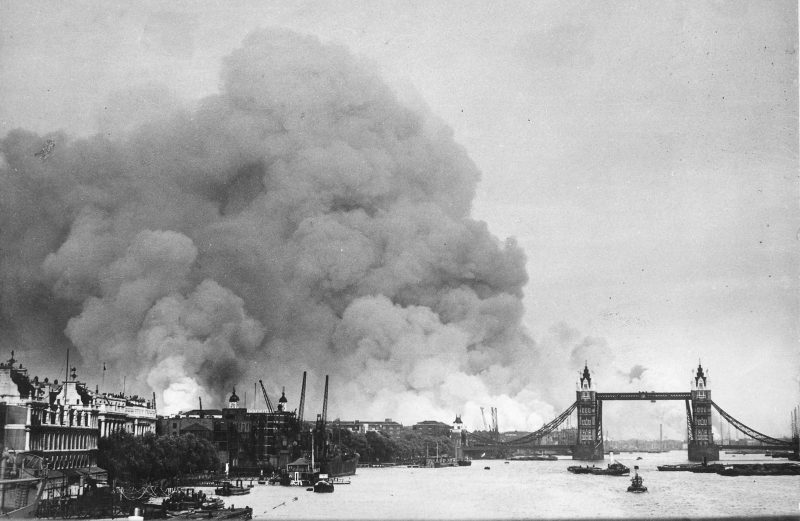
The London Blitz – from the German word “blitzkrieg,” meaning “lightning war” – is, for British citizens, at least, the scene of some of the defining images of the Second World War. The capital of the United Kingdom was subjected to a sustained strategic bombing campaign carried out by the German Luftwaffe that is said to have lasted for 76 consecutive nights and was directly responsible for the deaths of 20,000 people.
It is estimated that more than one million homes were damaged or flattened during the bombing, with poor areas of the city such as the East End suffering particularly badly during the onslaught. Yet despite such devastation, Britain’s resolve and unwillingness to succumb to the German show of strength helped changed the course of the war, and provided a launch pad for the Allied fight back of 1942-1945. To paraphrase Prime Minister Winston Churchill, they “never surrendered.”
4. Berlin (1940-1945) – 20,000-50,000 killed
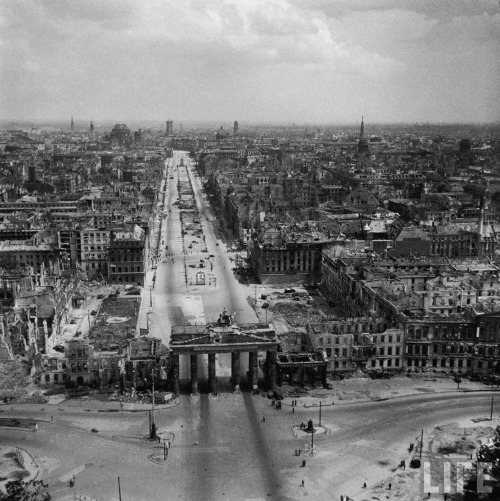
Berlin, the capital of Nazi Germany, was subject to 363 air raids during the Second World War. It was bombed by the RAF Bomber Command between 1940 and 1945, and by the USAAF Eighth Air Force between 1943 and 1945, as part of the Allied campaign of strategic bombing of Germany.
It was also attacked by aircraft of the Red Air Force, especially in 1945 as Soviet forces closed on the city. British bombers dropped 45,517 tons of bombs; the Americans dropped 23,000 tons. As the bombings continued more and more people moved out. By May 1945, 1.7 million people (40% of the population) had fled. Between 20,000 and 50,000 Berliners lost their lives in the sustained bombing of WWII.
3. Dresden (October 1944-April 1945) – 25,000 killed
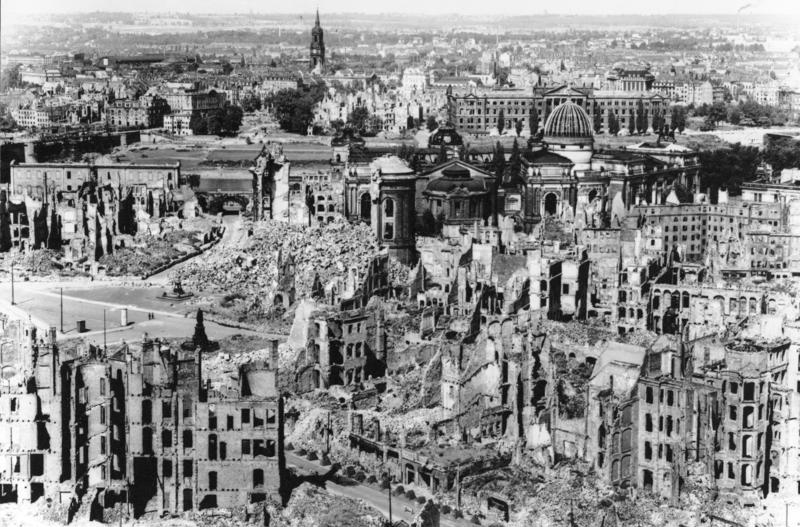
.
The bombing of Dresden was an American and British attack on the city of Dresden, the capital of the German state of Saxony, that took place in the final months of the Second World War in the European Theatre. In four raids between 13 and 15 February 1945, 722 heavy bombers of the British Royal Air Force (RAF) and 527 of the United States Army Air Forces (USAAF) dropped more than 3,900 tons of high-explosive bombs and incendiary devices on the city. The bombing and the resulting firestorm destroyed over 1,600 acres (6.5 km2) of the city centre. An estimated 22,700 to 25,000[4] people were killed. Three more USAAF air raids followed, two occurring on 2 March and 17 April aimed at the city’s railroad marshaling yard and one small raid on 17 April aimed at industrial areas.
Immediate reactions after the attacks and post-war discussion of whether the attacks were justified has led to the bombing becoming one of the moral causes célèbres of the war. A 1953 United States Air Force report defended the operation as the justified bombing of a military and industrial target, which they claimed was a major rail transport and communication centre, housing 110 factories and 50,000 workers in support of the German war effort.
2. Hamburg (September 1939-April 1945) – 42,600 killed
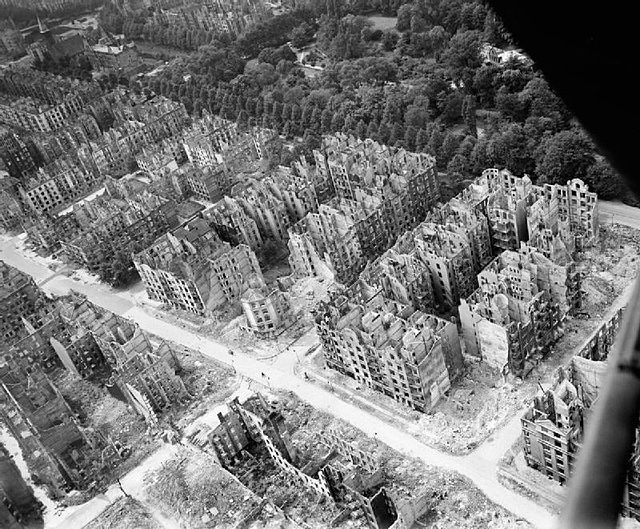
The Allied bombing of Hamburg during World War II included numerous strategic bombing missions and diversion/nuisance raids. As a large port and industrial centre Hamburg’s shipyards, U-boat pens, and the Hamburg-Harburg area oil refineries were attacked throughout the war.
The attack during the last week of July 1943, Operation Gomorrah, created one of the largest firestorms raised by the Royal Air Force and United States Army Air Forces in World War II, killing 42,600 civilians and wounding 37,000 in Hamburg and practically destroying the entire city. Before the development of the firestorm in Hamburg there had been no rain for some time and everything was very dry. The unusually warm weather and good conditions meant that the bombing was highly concentrated around the intended targets and also created a vortex and whirling updraft of super-heated air which created a 1,500-foot-high tornado of fire, a totally unexpected effect.
Various other previously used techniques and devices were instrumental as well, such as area bombing, Pathfinders, and H2S radar, which came together to work with particular effectiveness. An early form of chaff, code named ‘Window’, was successfully used for the first time by the RAF – clouds of shredded tinfoil dropped by Pathfinders as well as the initial bomber stream – in order to completely cloud German radar. The raids inflicted severe damage to German armaments production in Hamburg.
1. Tokyo (November 1944-August 1945) – 100,000-plus killed

U.S. warplanes launch a bombing offensive against Japan, dropping 2,000 tons of incendiary bombs on Tokyo over 48 hours. Almost 16 square miles in and around the Japanese capital were incinerated, and between 80,000 and 130,000 Japanese civilians were killed in the worst single firestorm in recorded history. It was an event that dwarfed even the atomic bombing of Hiroshima, yet it’s been all but forgotten around the world – even in Japan.
The US Strategic Bombing Survey later estimated that nearly 88,000 people died in this one raid, 41,000 were injured, and over a million residents lost their homes. The Tokyo Fire Department estimated a higher toll: 97,000 killed and 125,000 wounded. The Tokyo Metropolitan Police Department established a figure of 83,793 dead and 40,918 wounded and 286,358 buildings and homes destroyed. Richard Rhodes, historian, put deaths at over 100,000, injuries at a million and homeless residents at a million. These casualty and damage figures could be low; Mark Selden wrote in Japan Focus:
The figure of roughly 100,000 deaths, provided by Japanese and American authorities, both of whom may have had reasons of their own for minimizing the death toll, seems to be arguably low in light of population density, wind conditions, and survivors’ accounts. With an average of 103,000 inhabitants per square mile (396 people per hectare) and peak levels as high as 135,000 per square mile (521 people per hectare), the highest density of any industrial city in the world, and with firefighting measures ludicrously inadequate to the task, 15.8 square miles (41 km2) of Tokyo were destroyed on a night when fierce winds whipped the flames and walls of fire blocked tens of thousands fleeing for their lives. An estimated 1.5 million people lived in the burned out areas
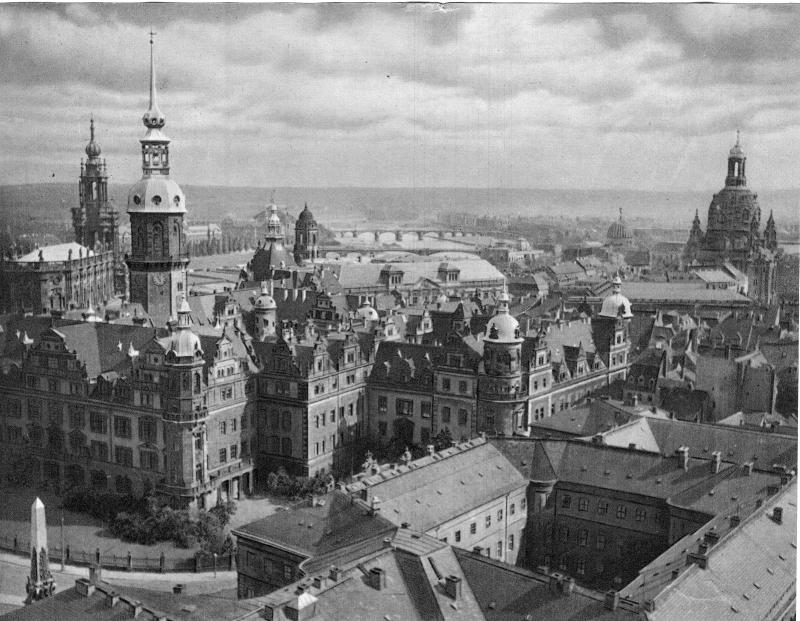
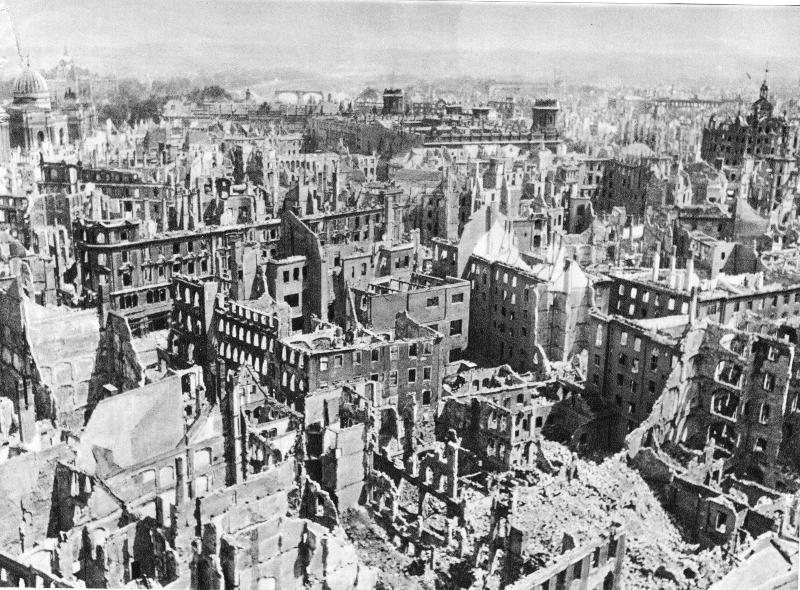
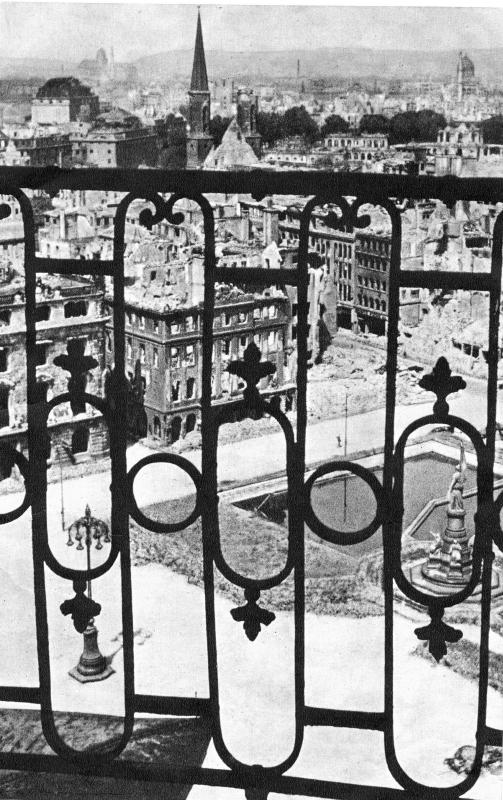
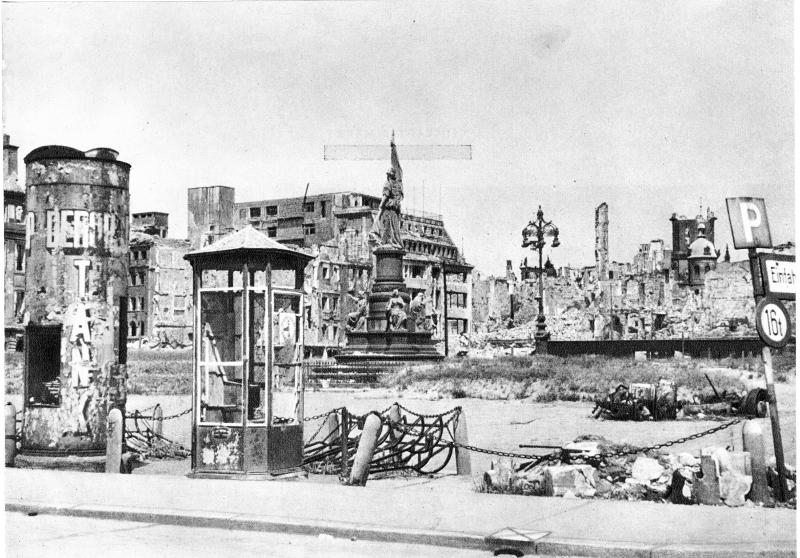

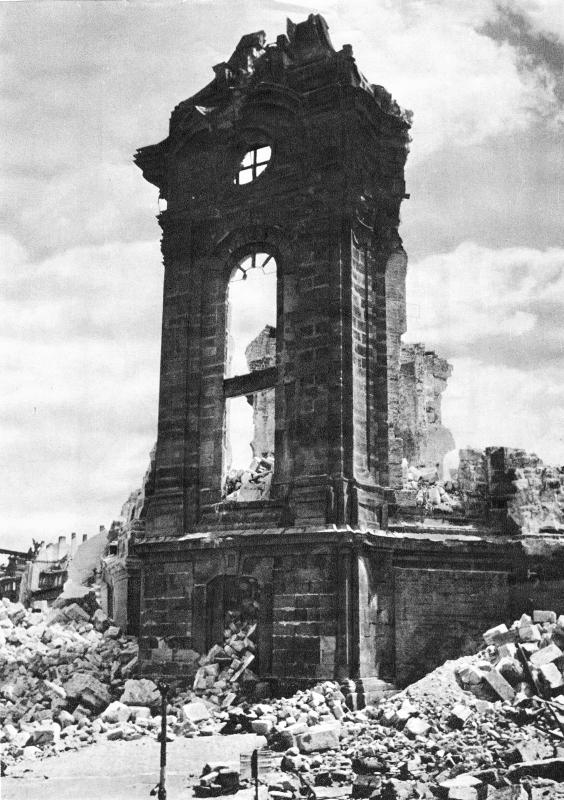
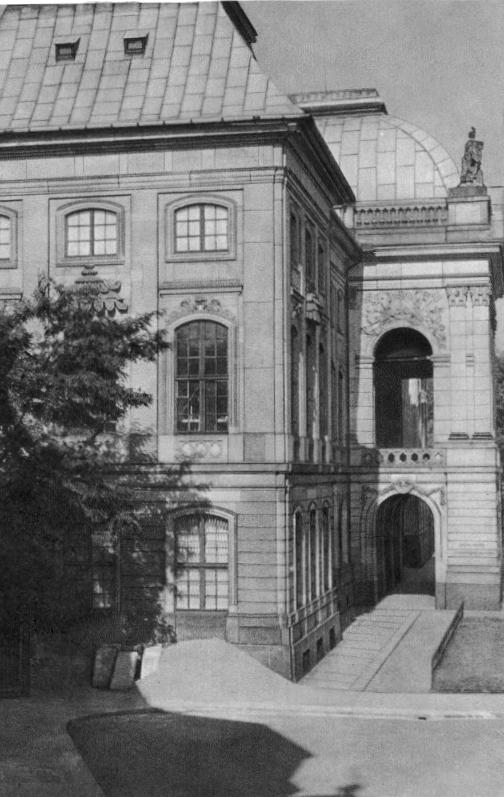
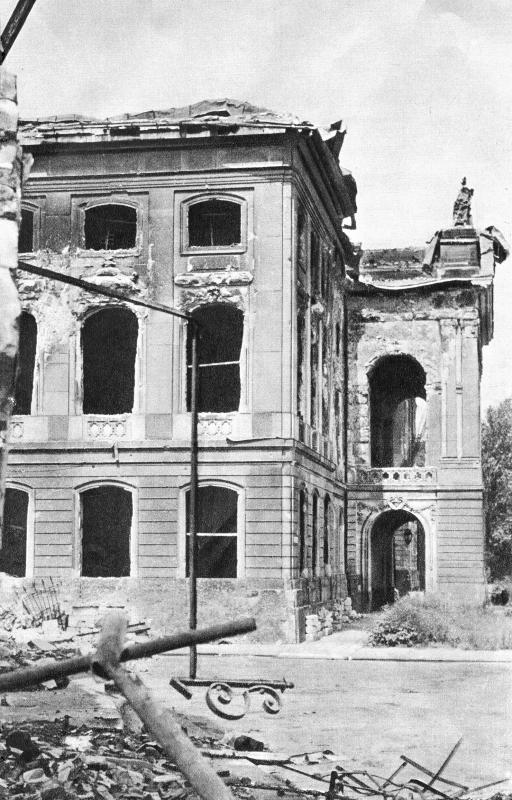
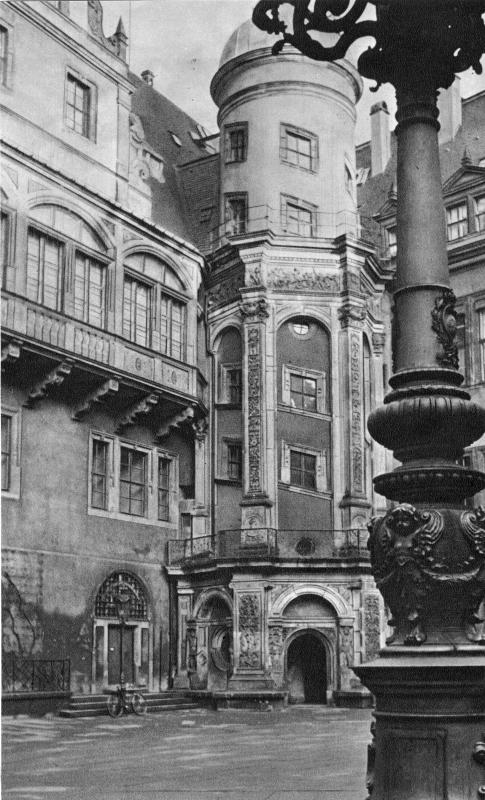
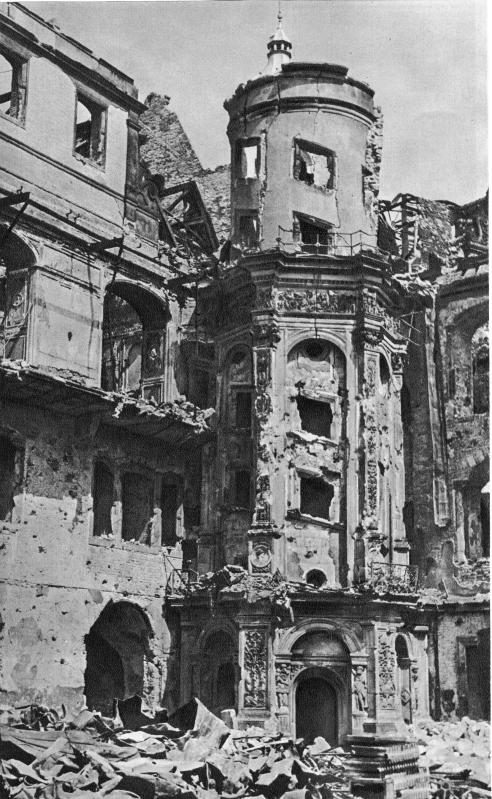

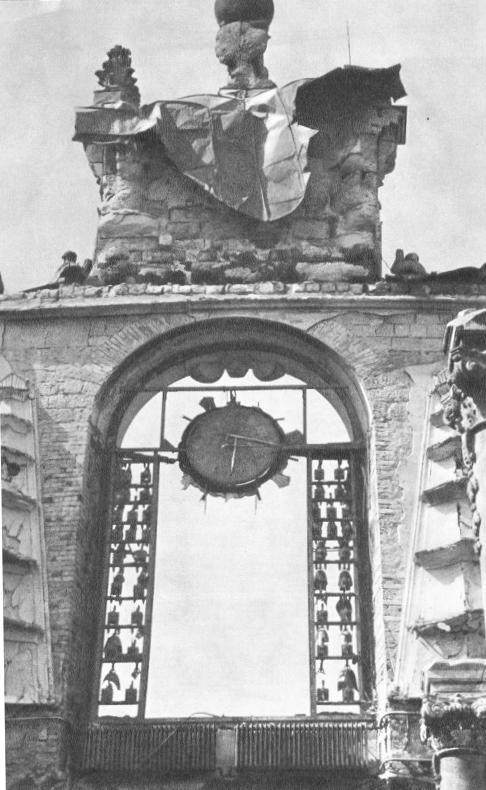
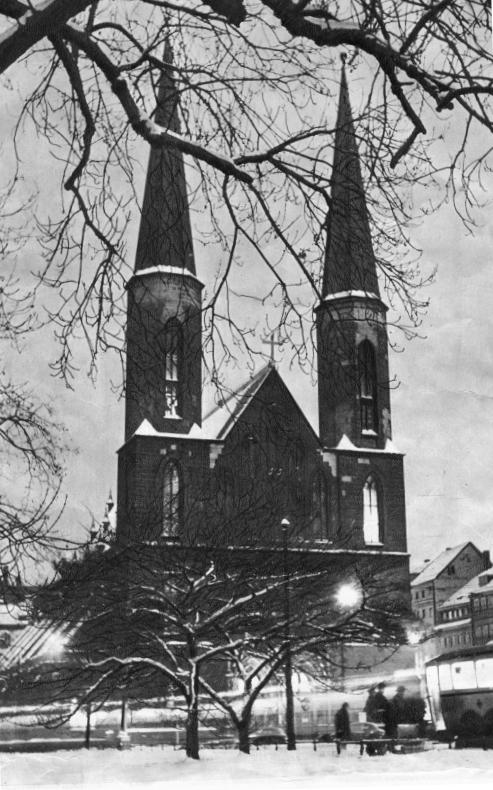
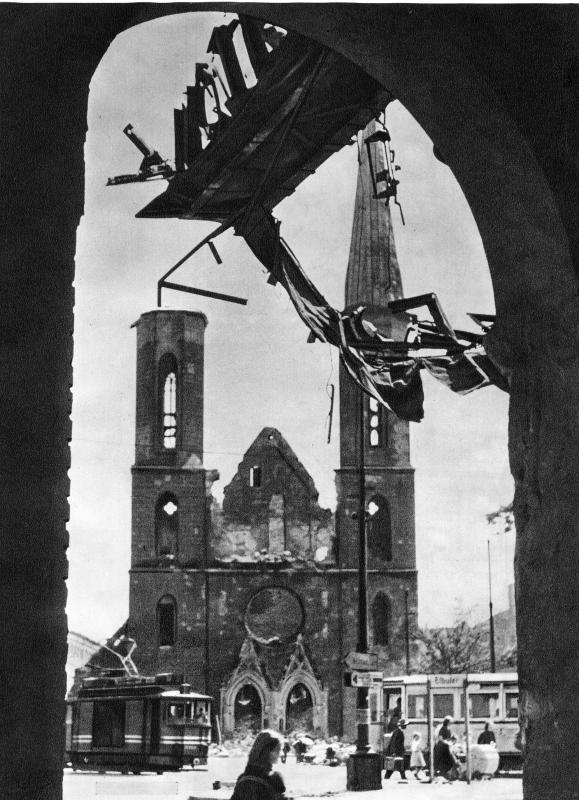

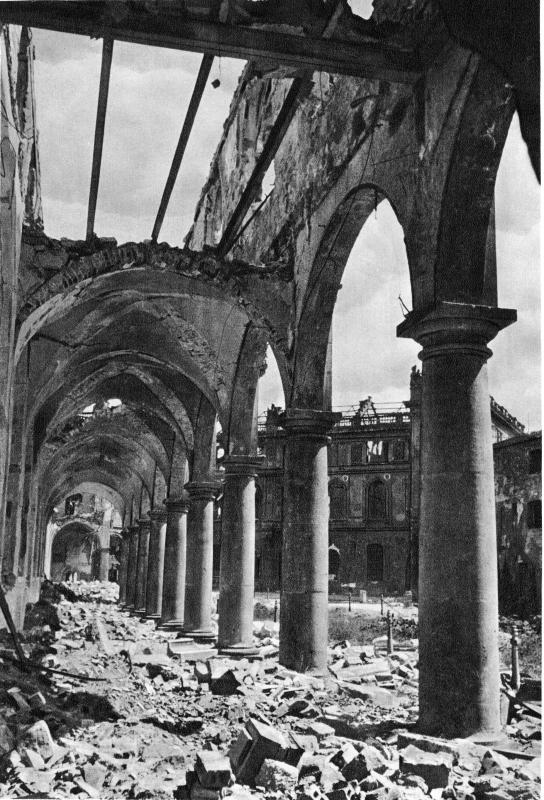
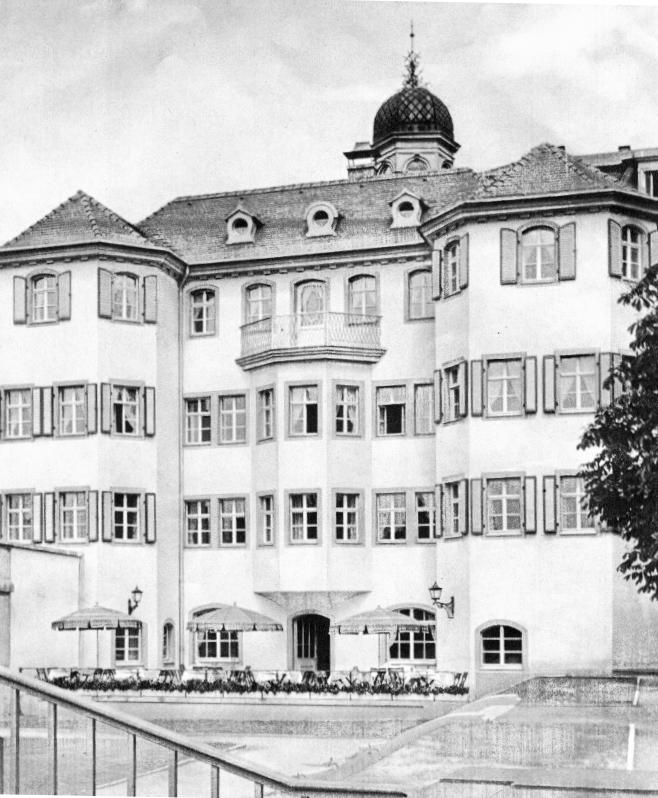
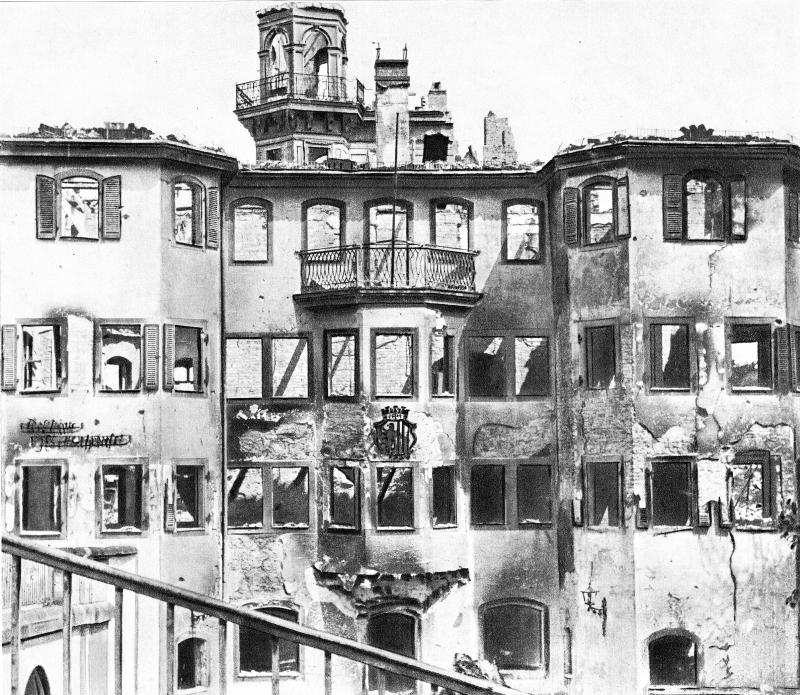
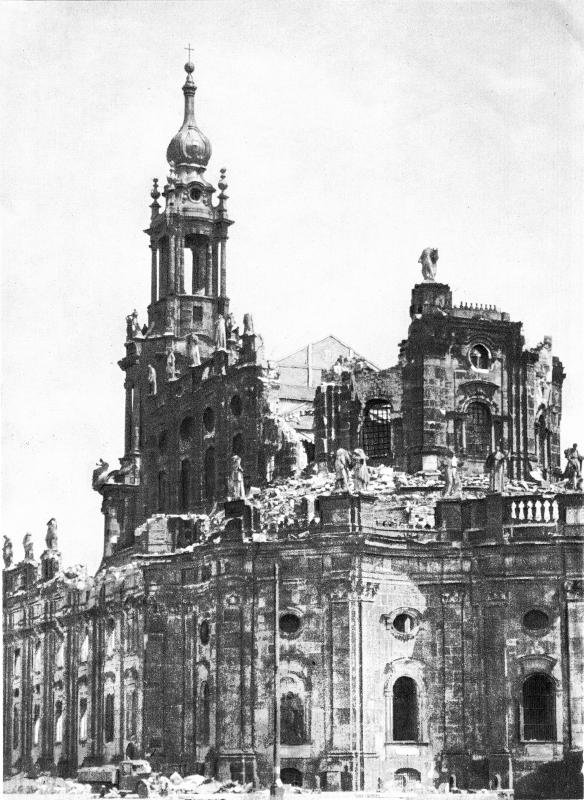
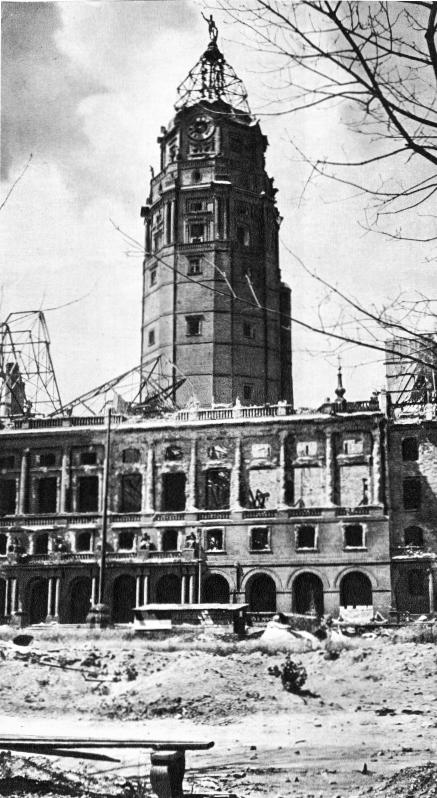
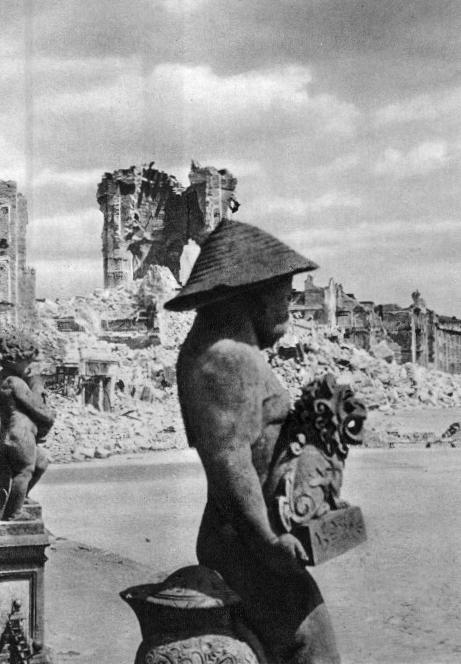
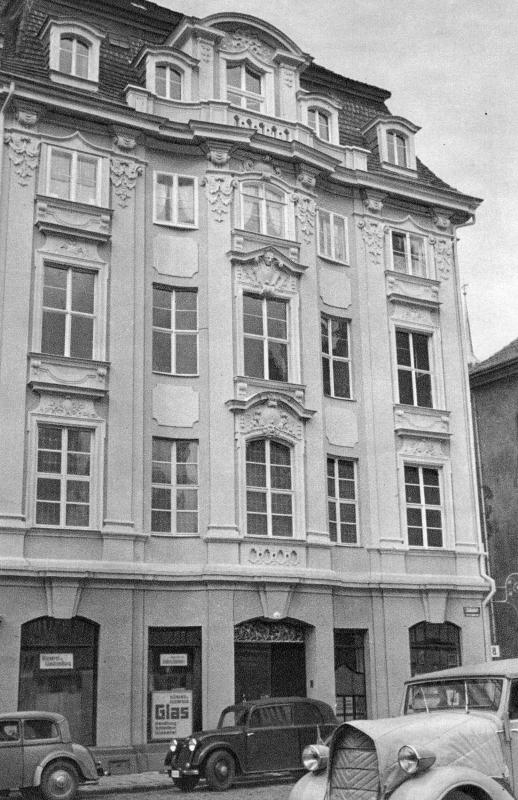
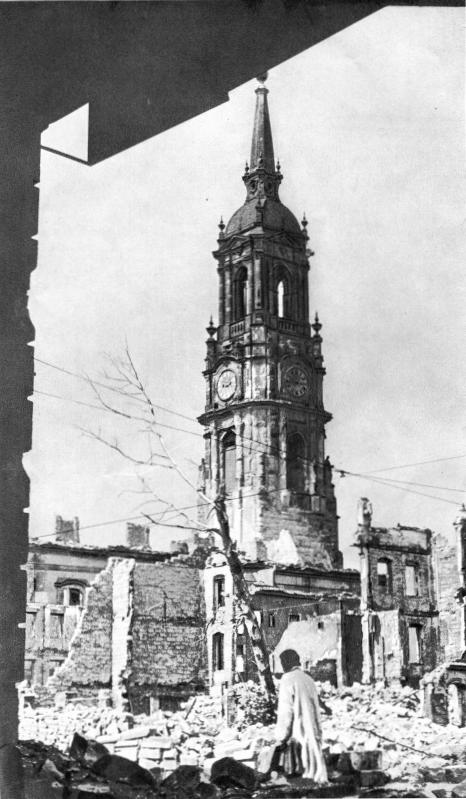
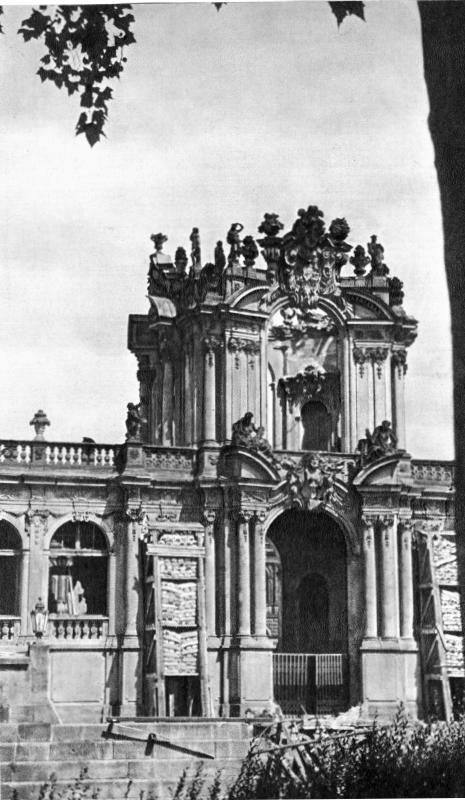
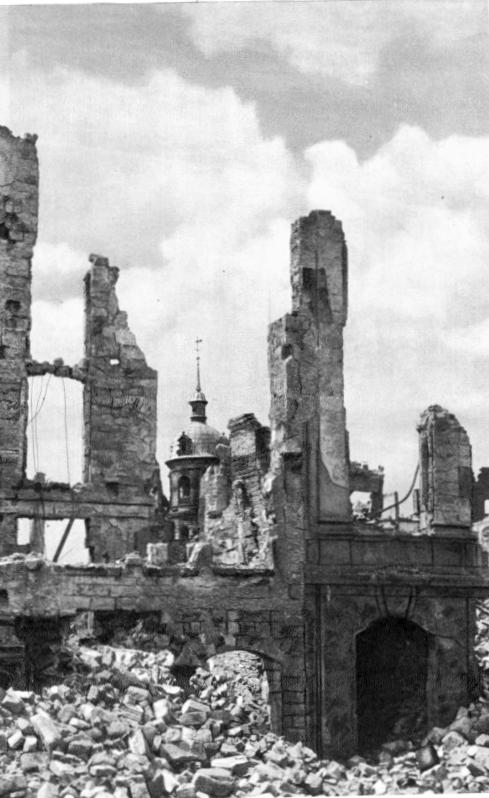
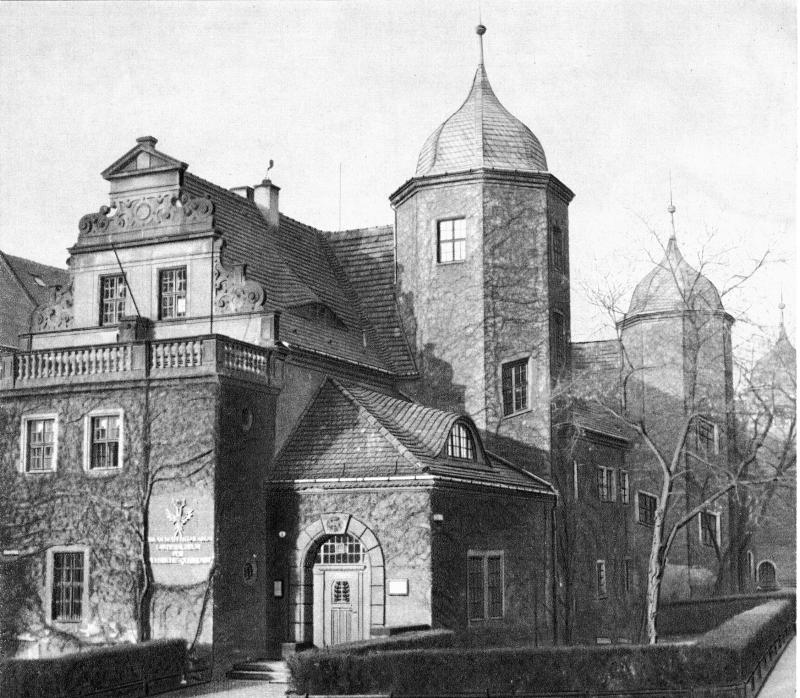
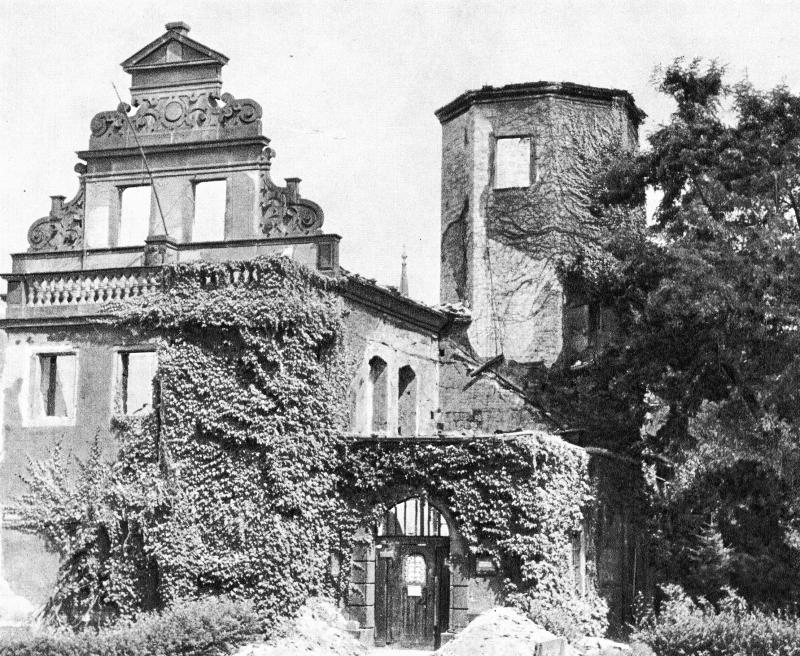





























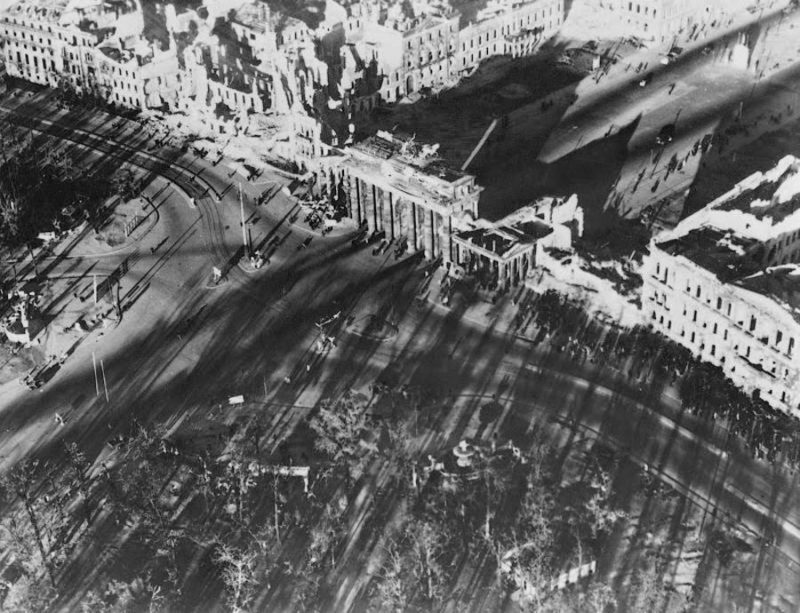
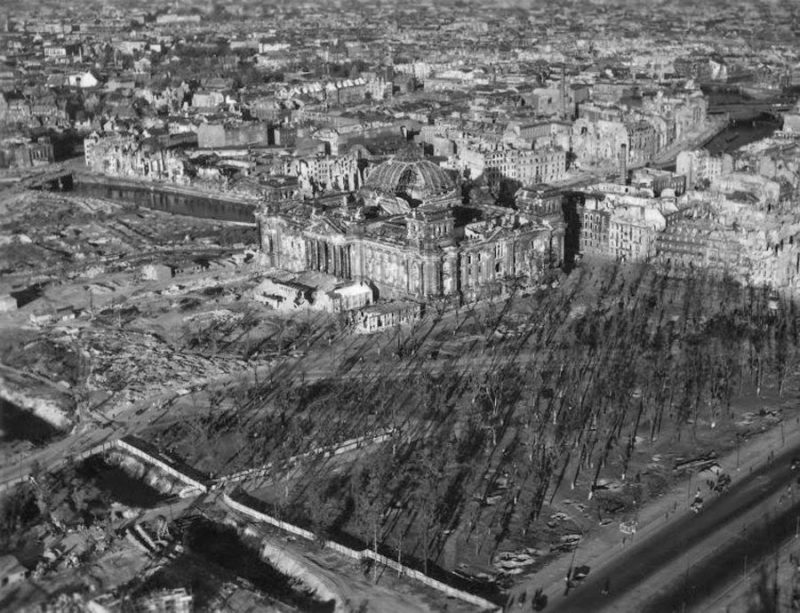
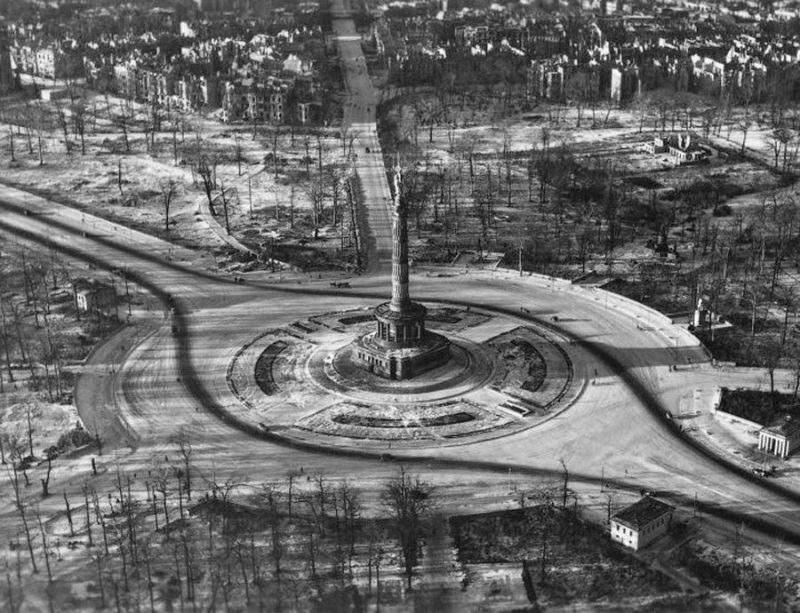
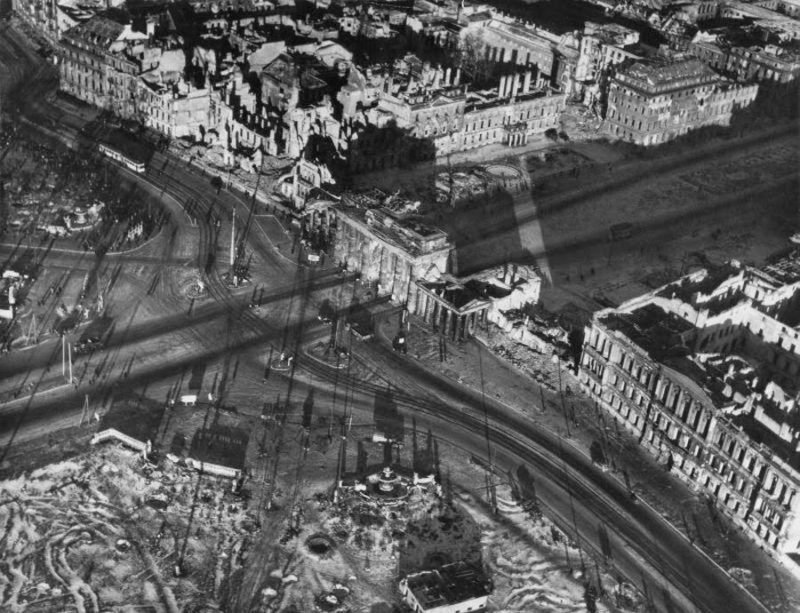
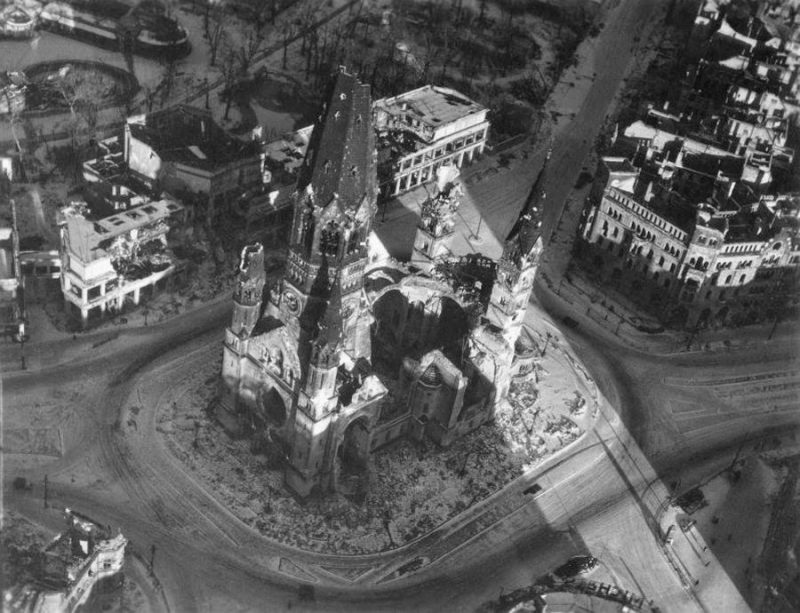
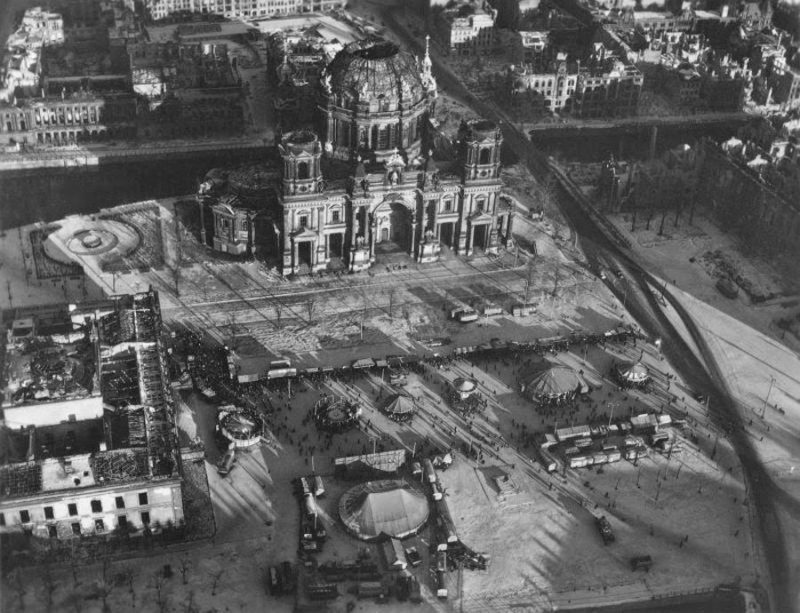
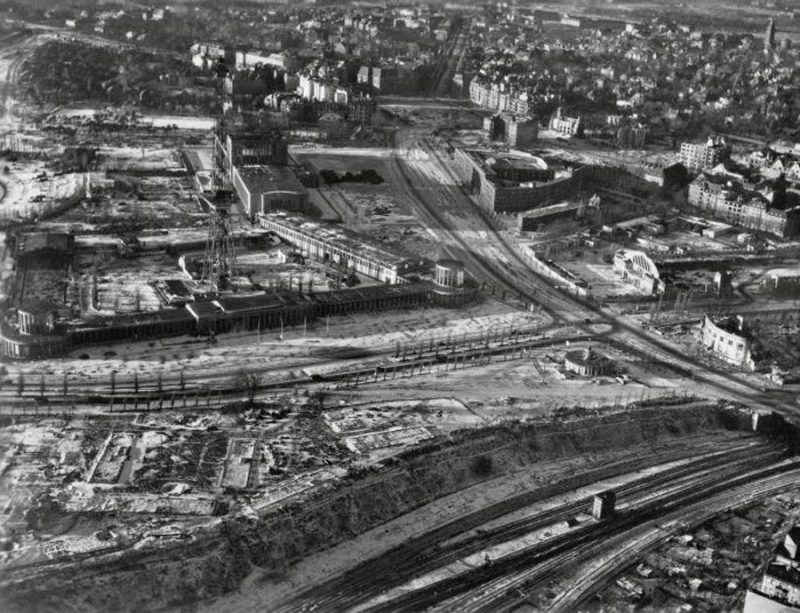
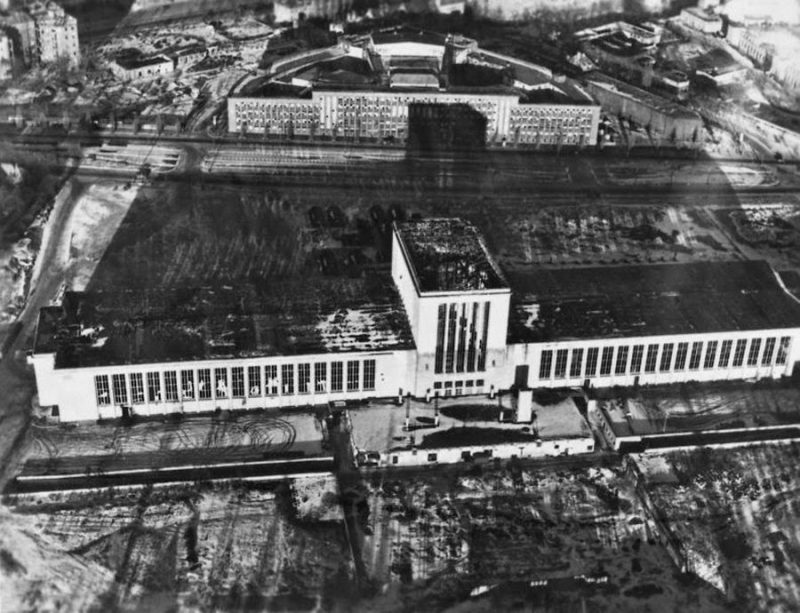
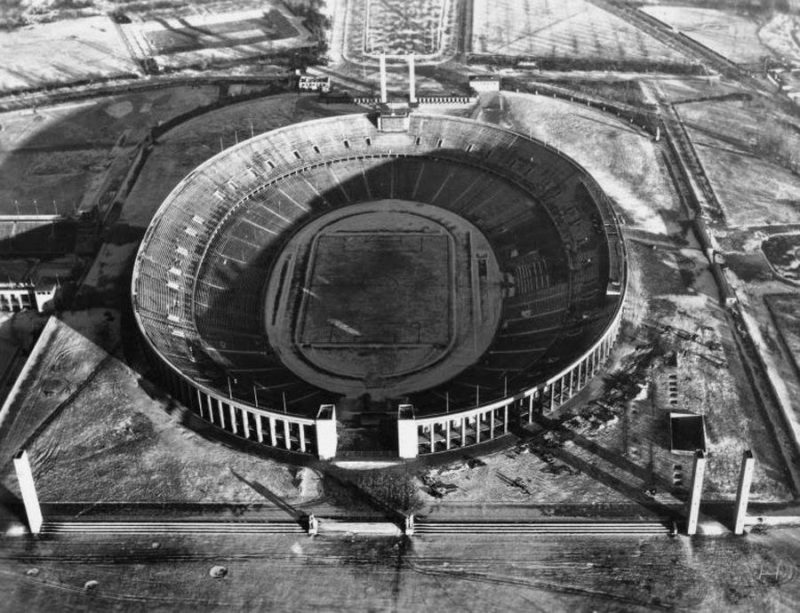
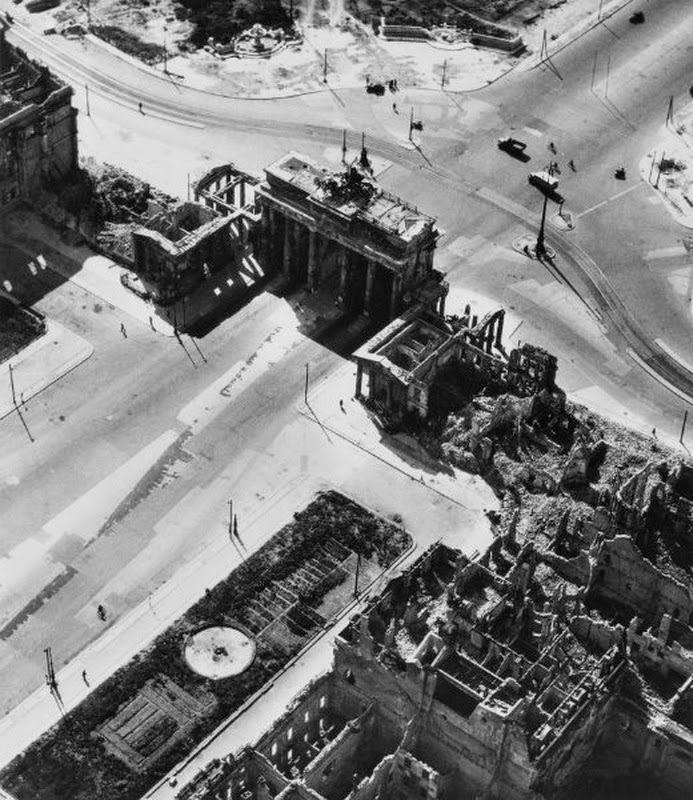
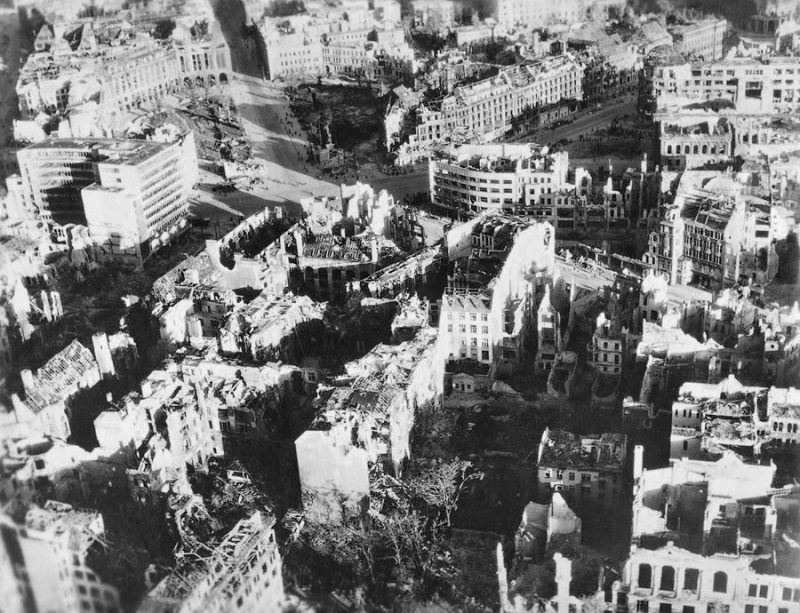
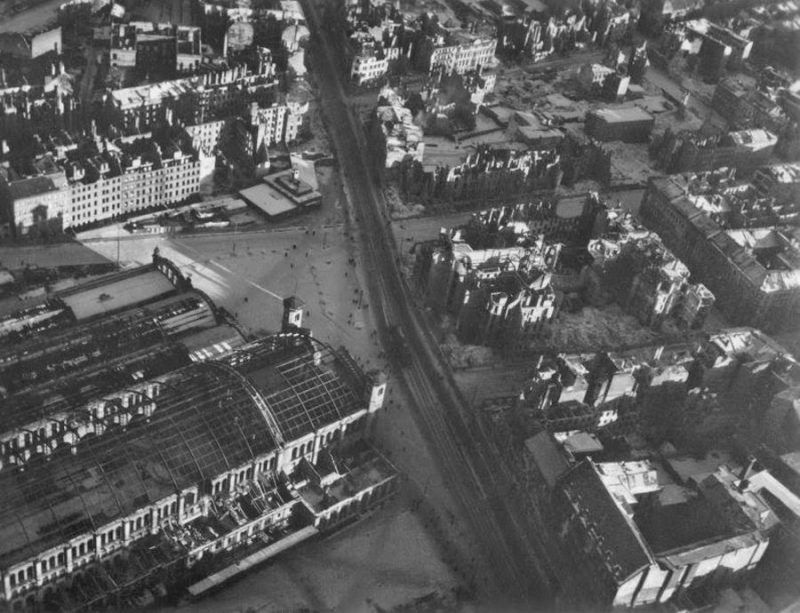
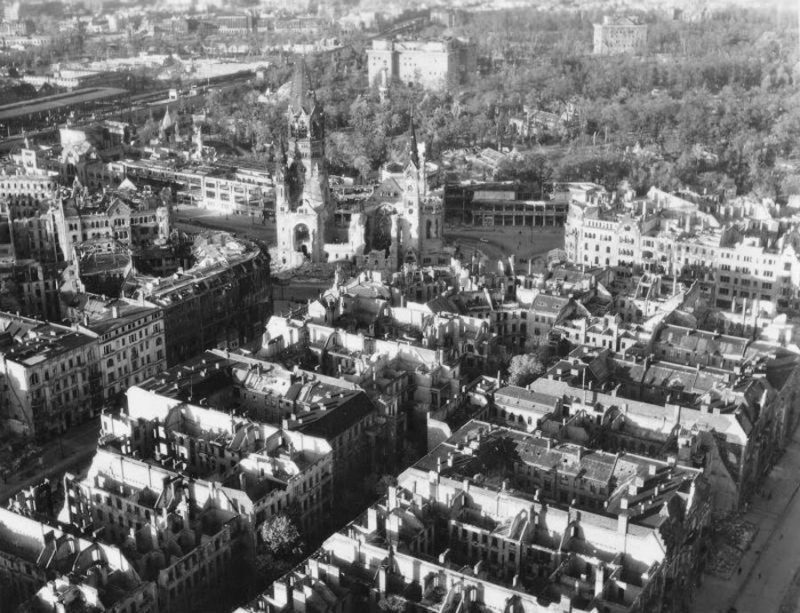
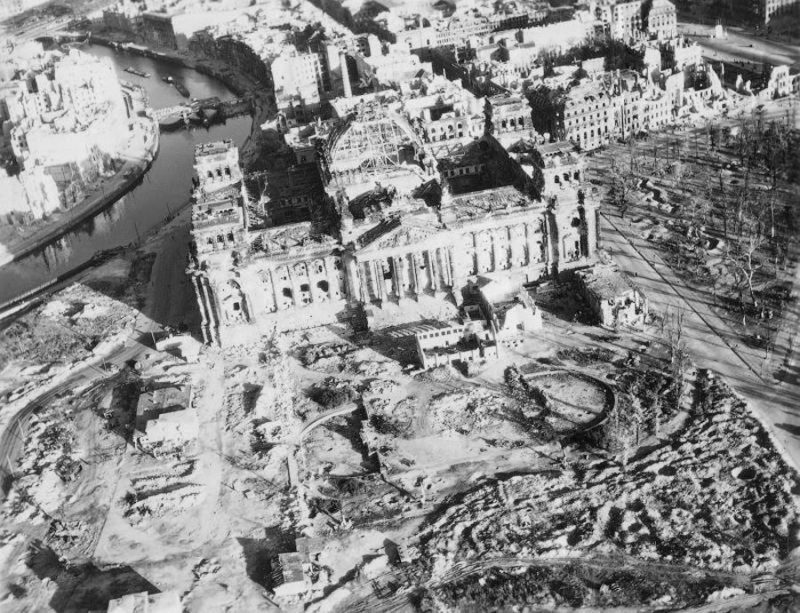
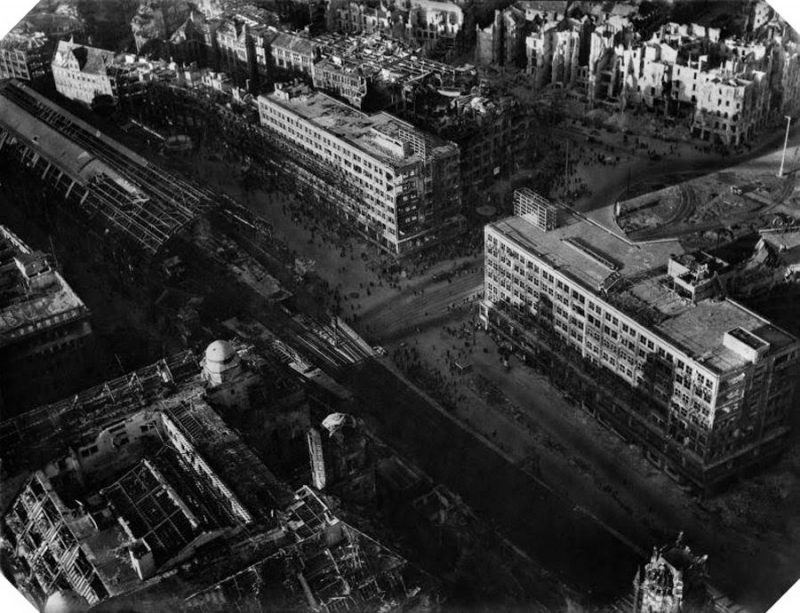
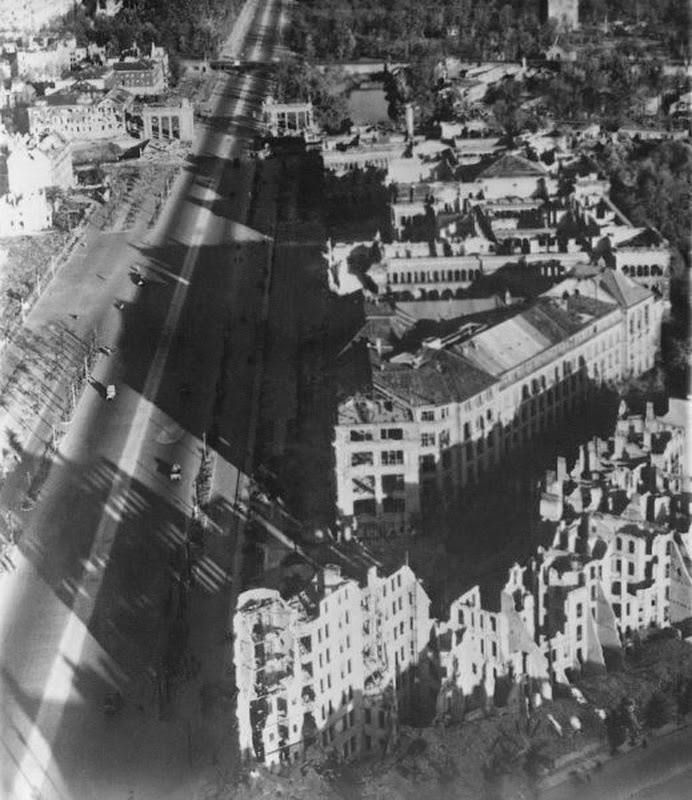
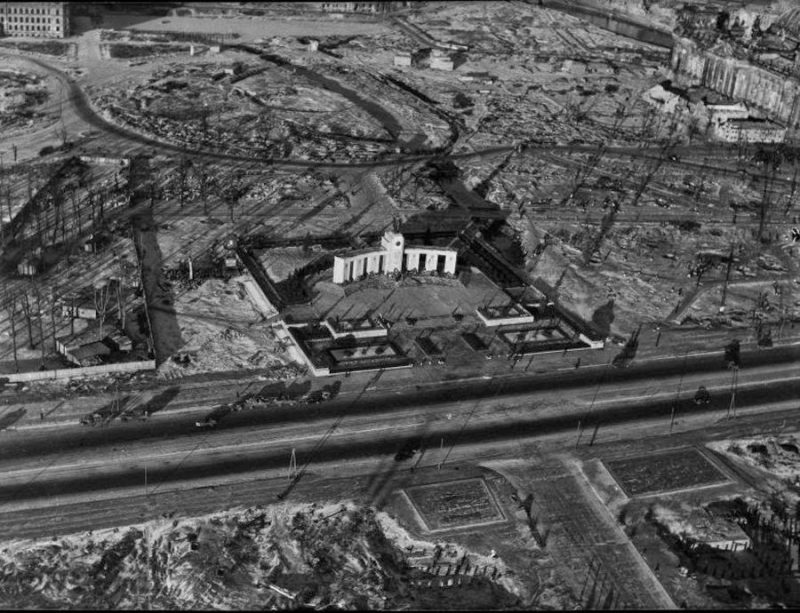
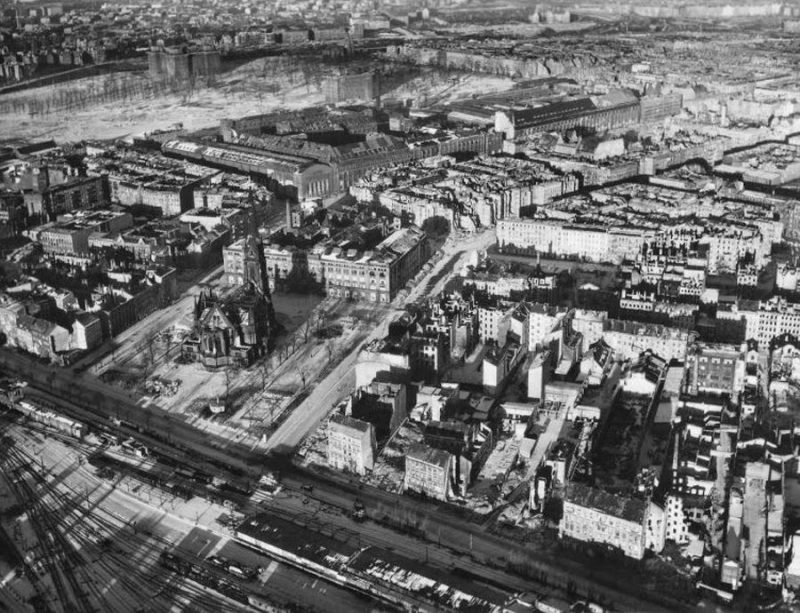
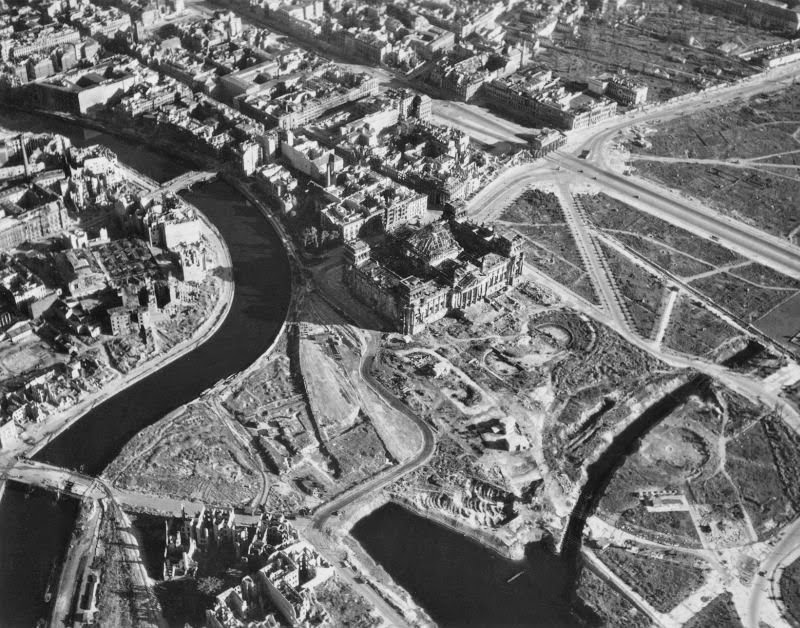
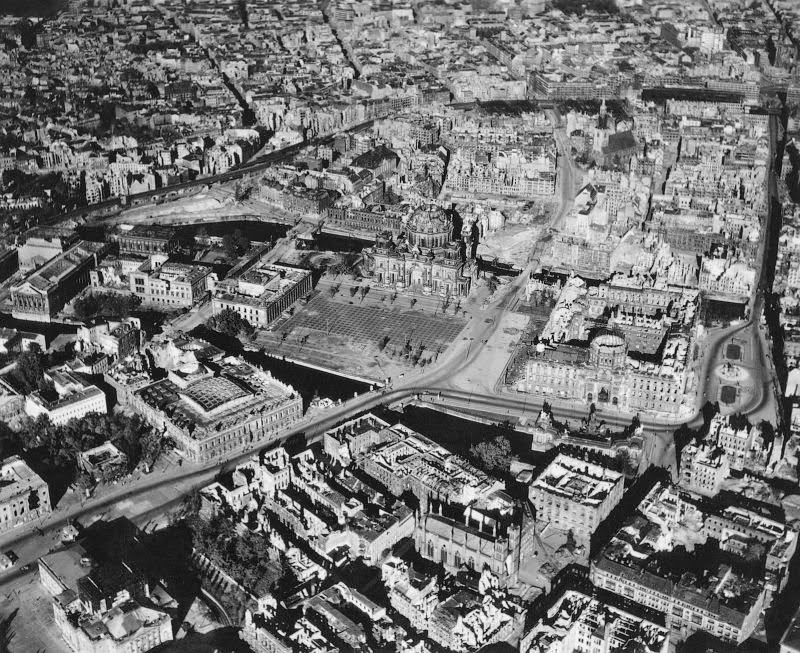
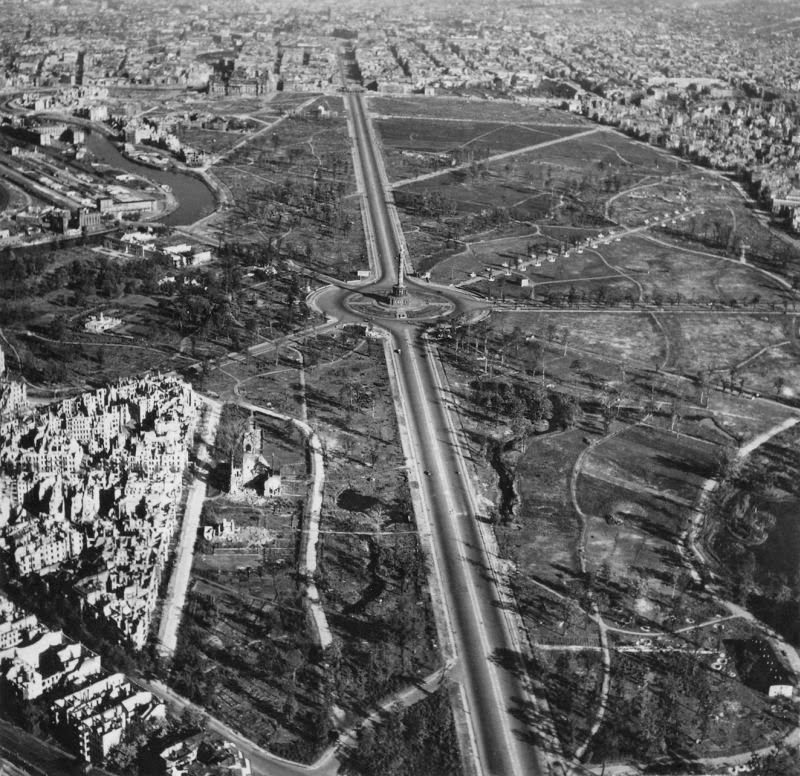










.jpg)

